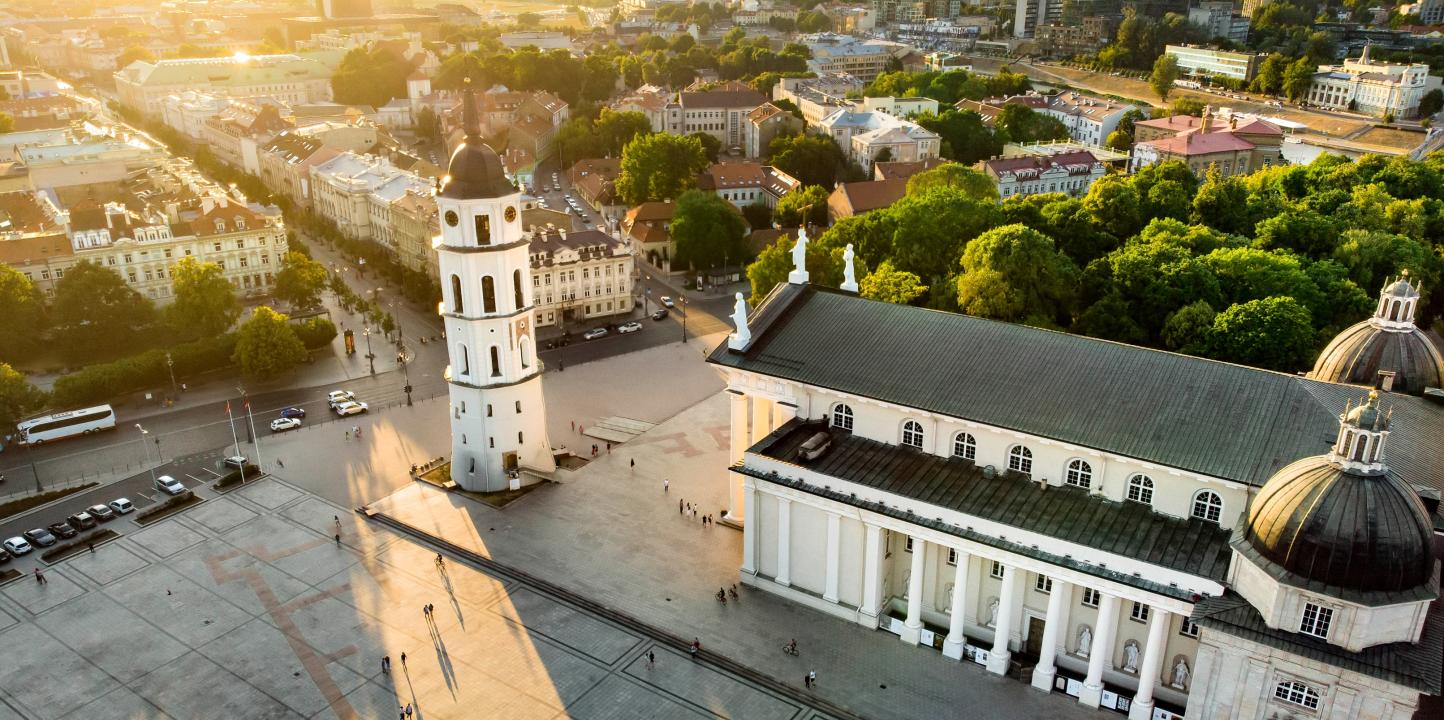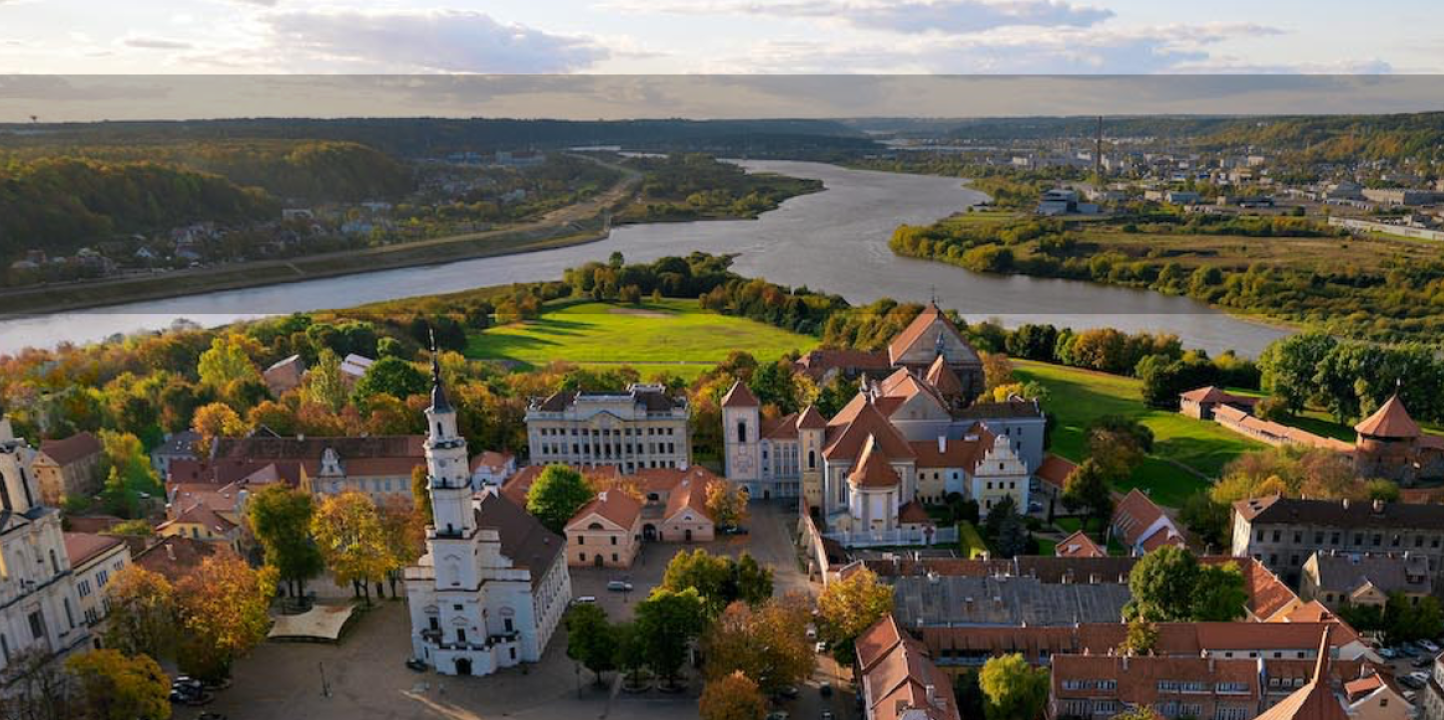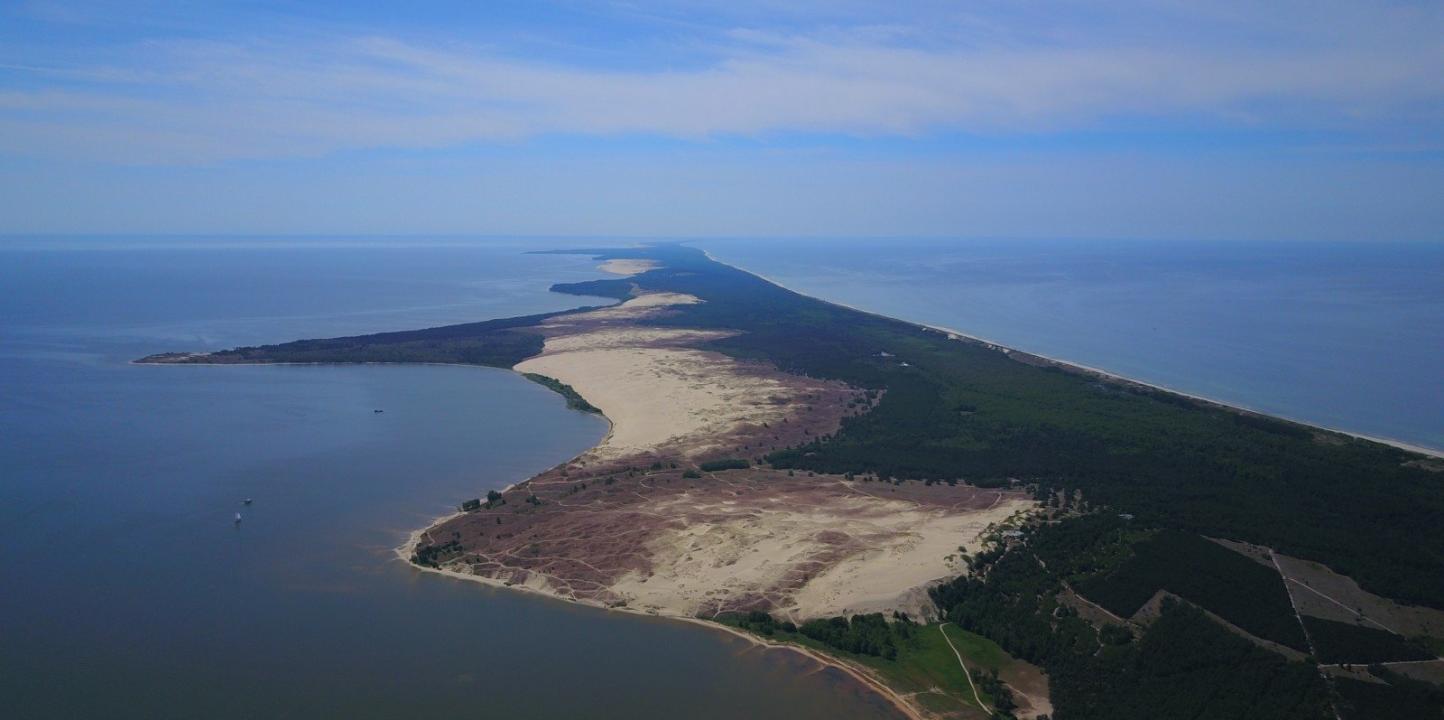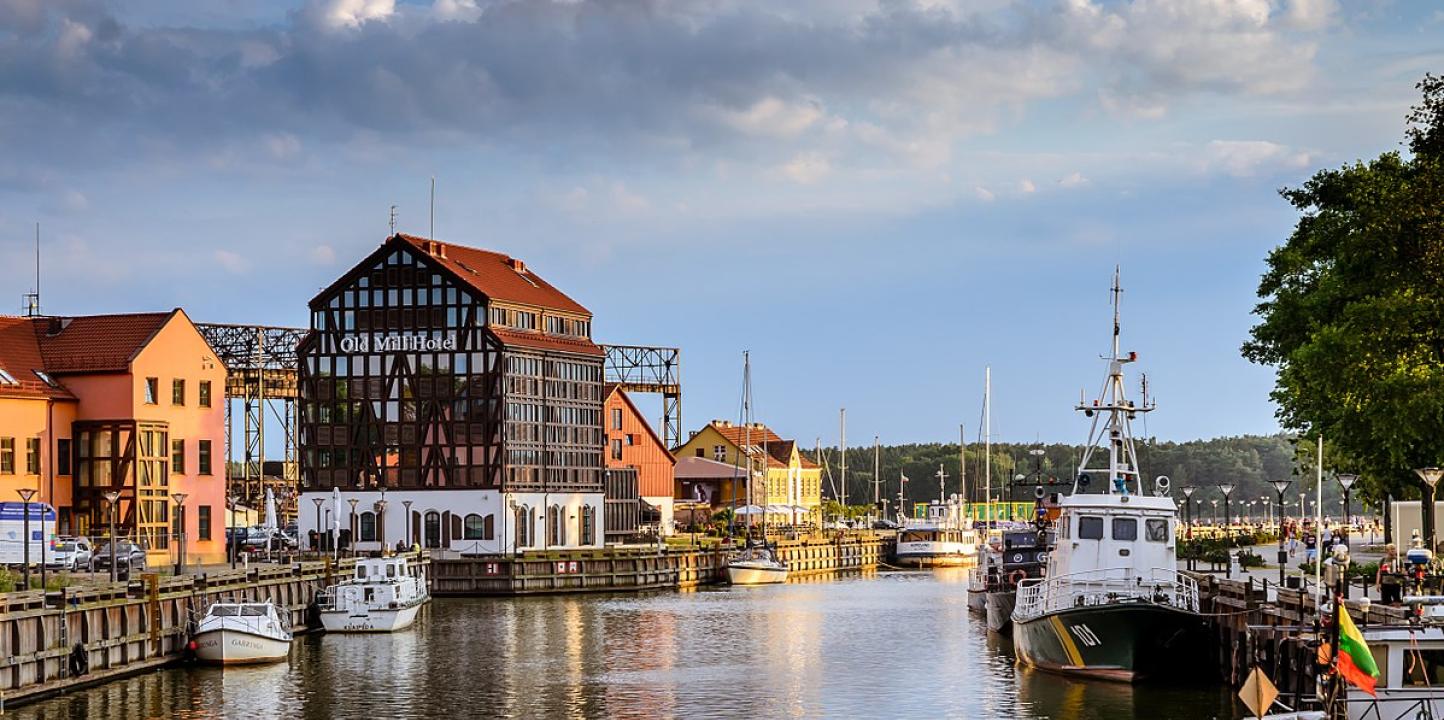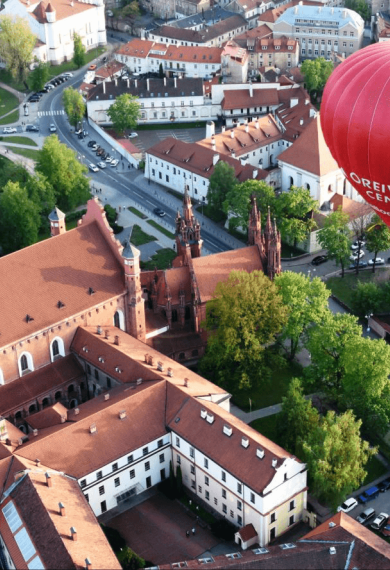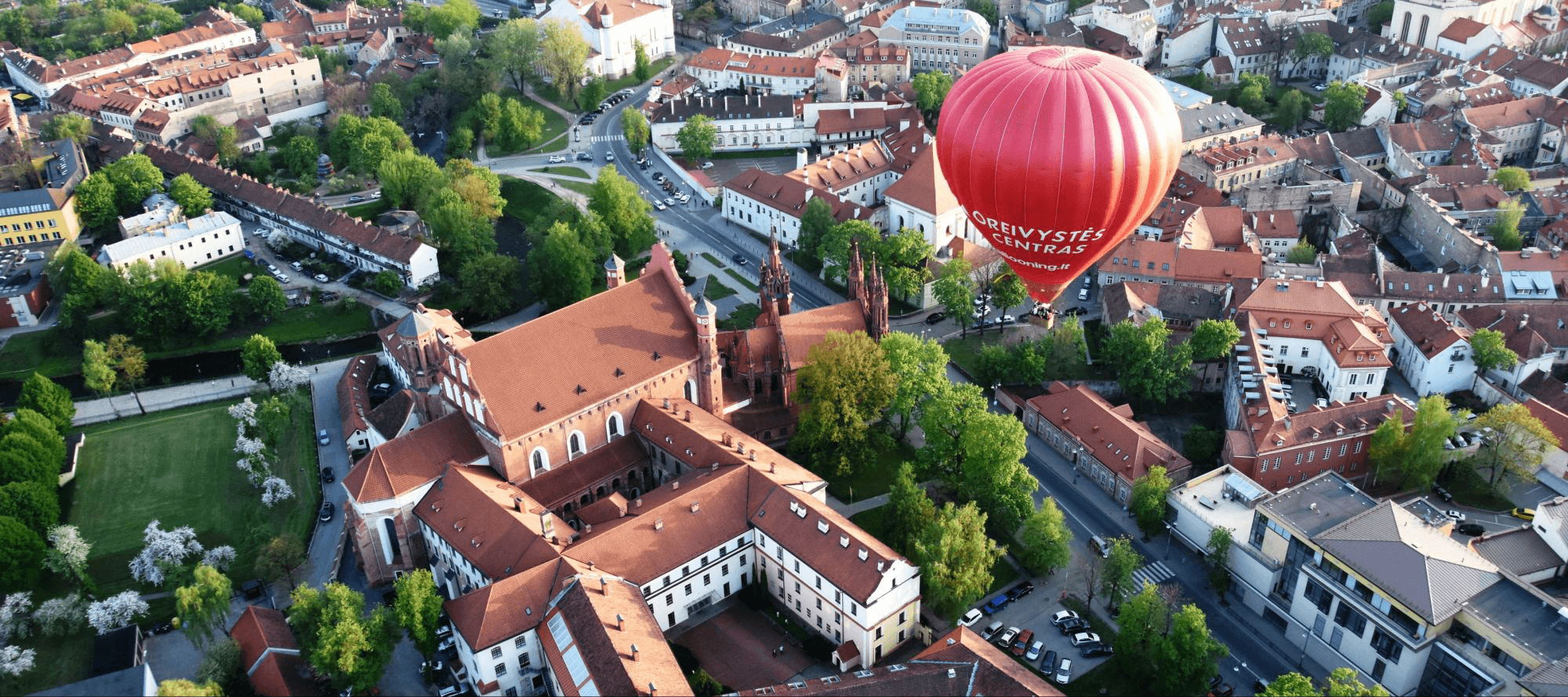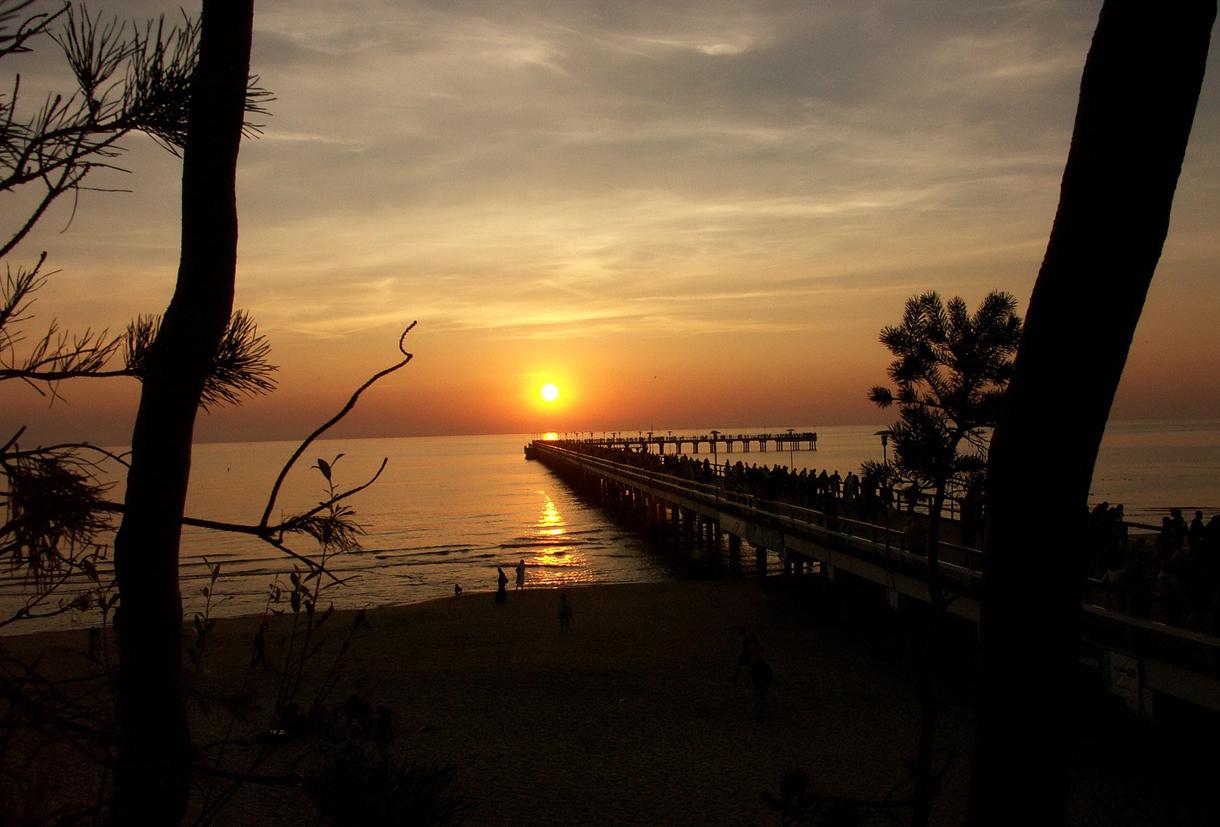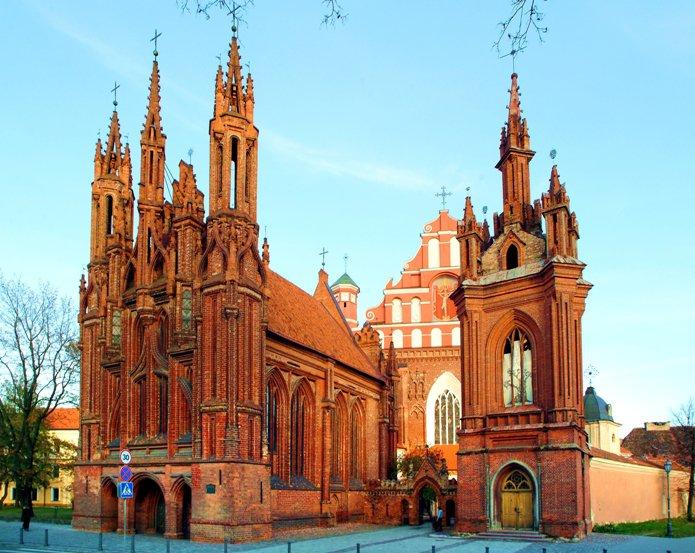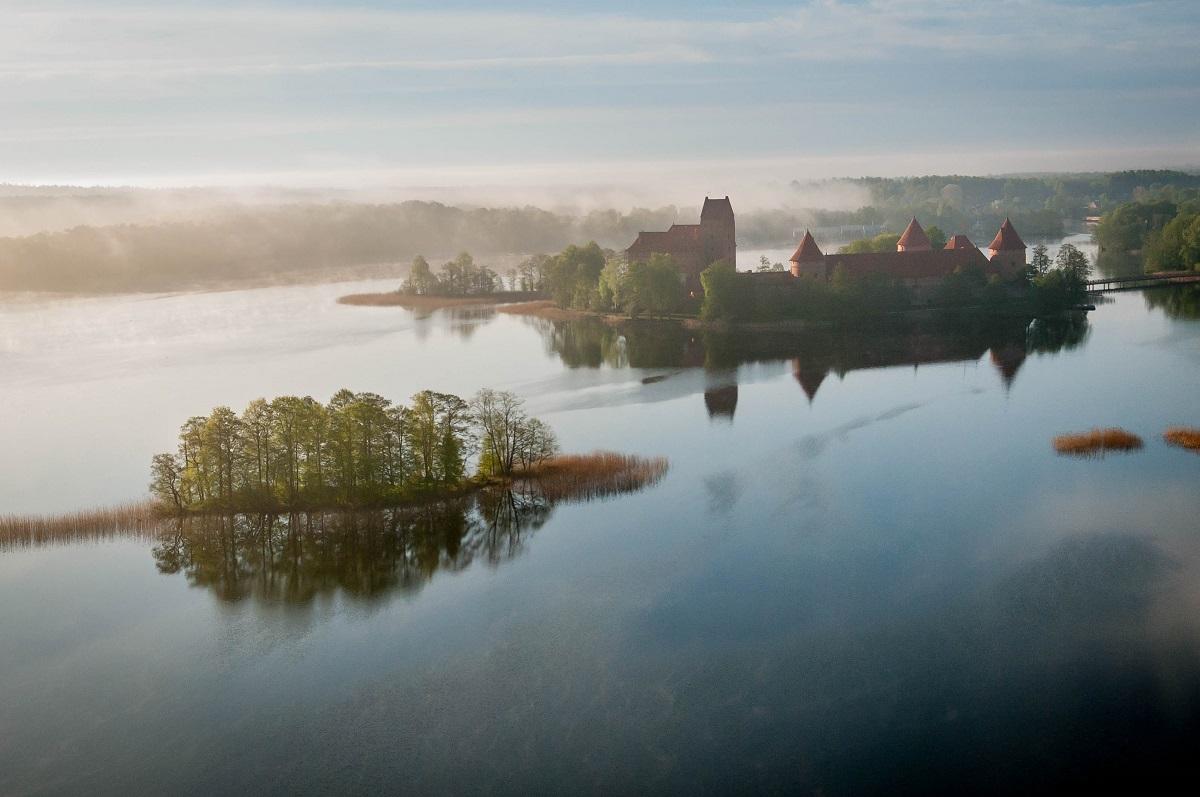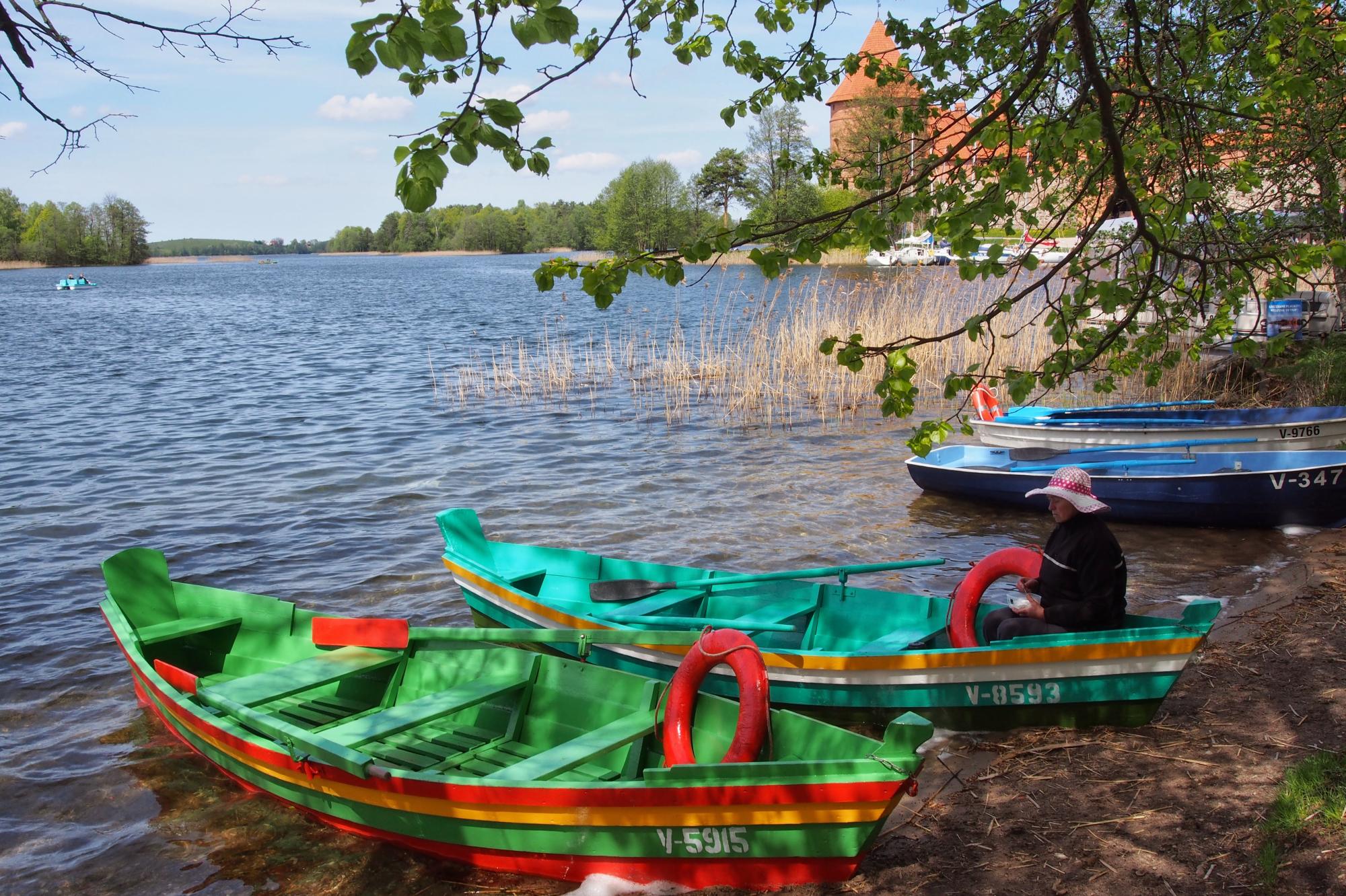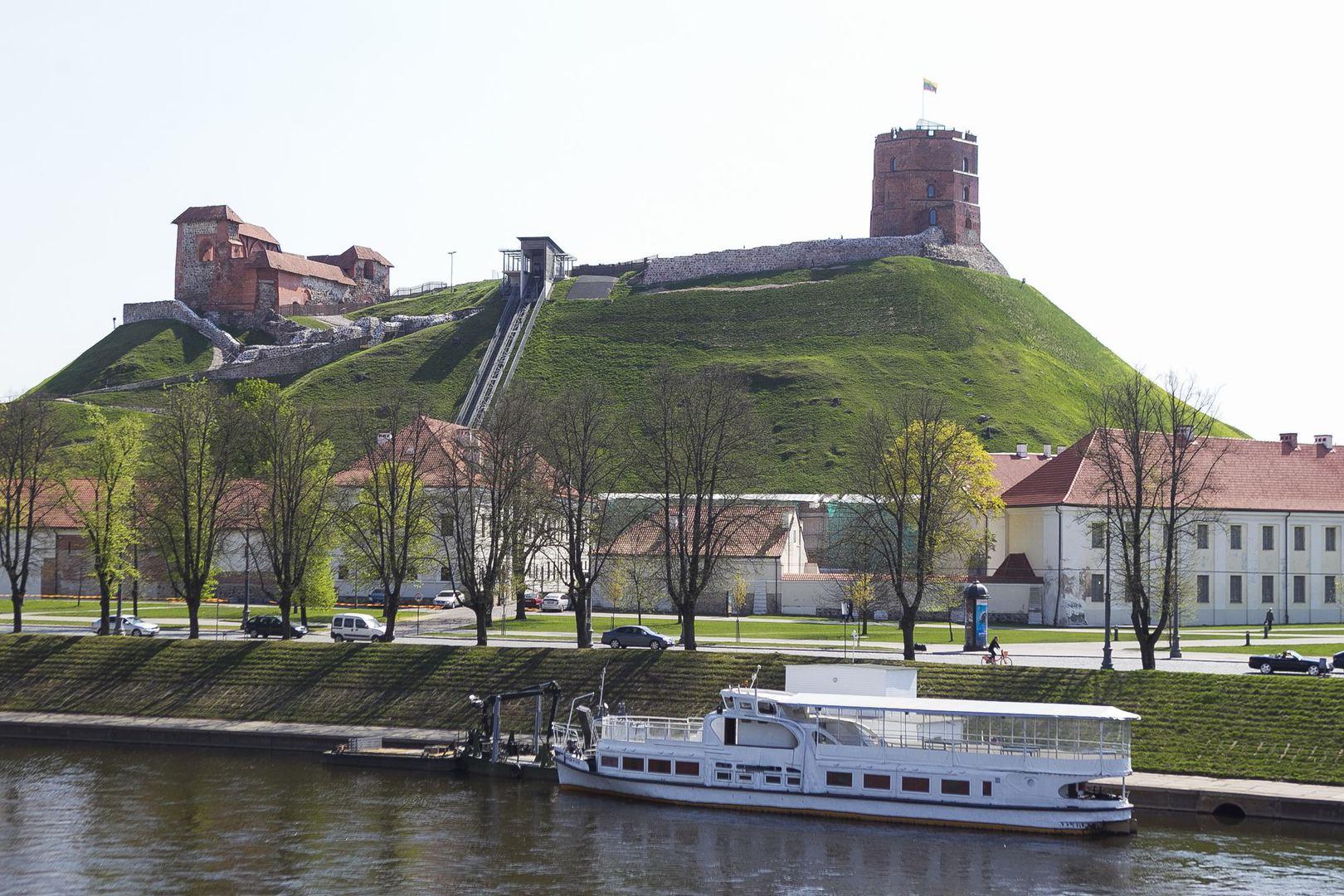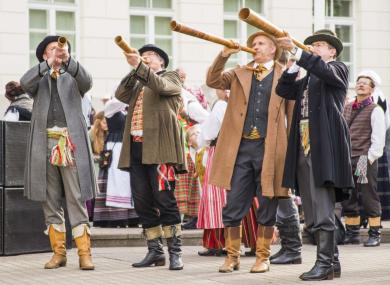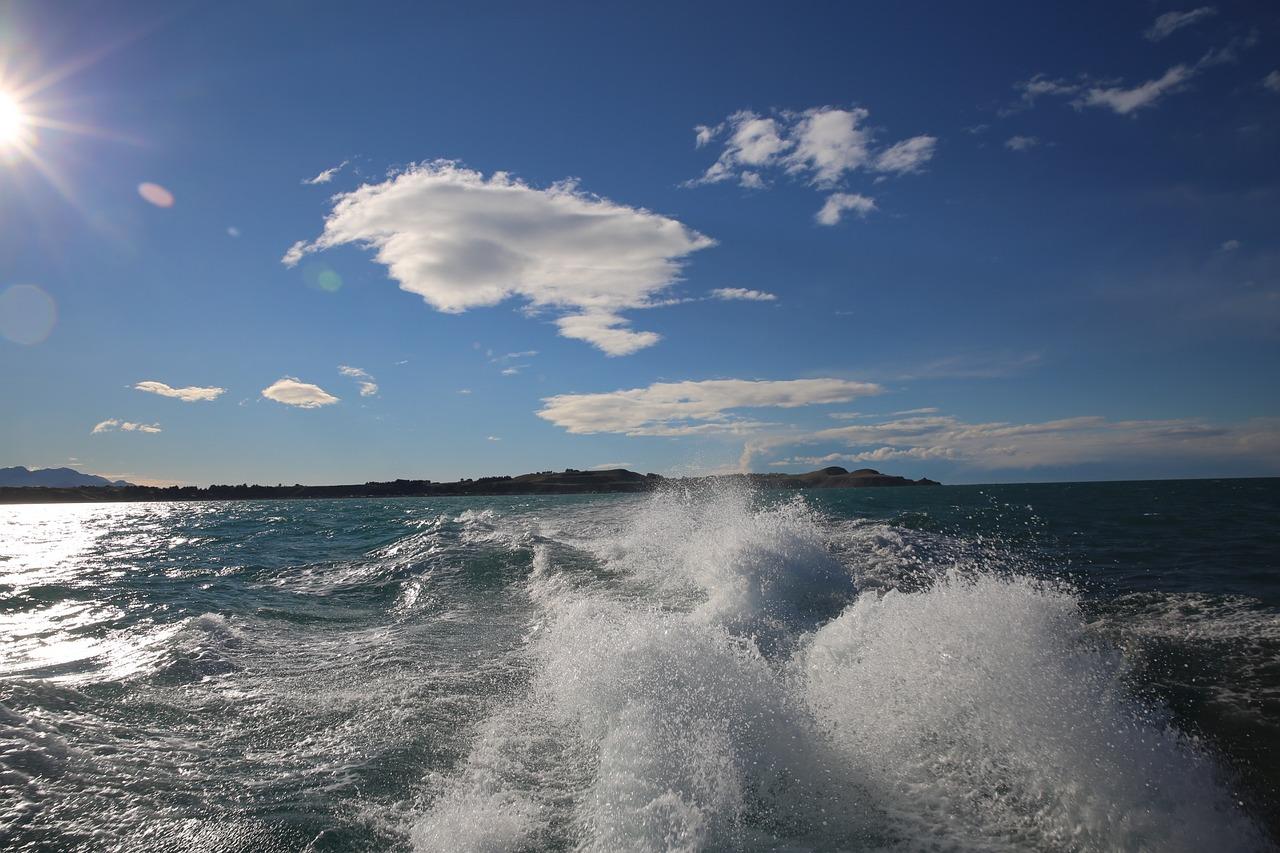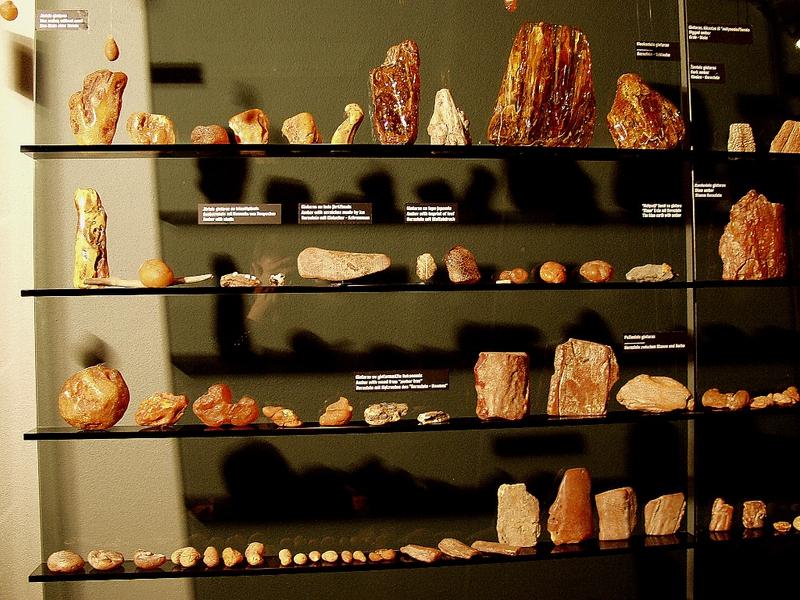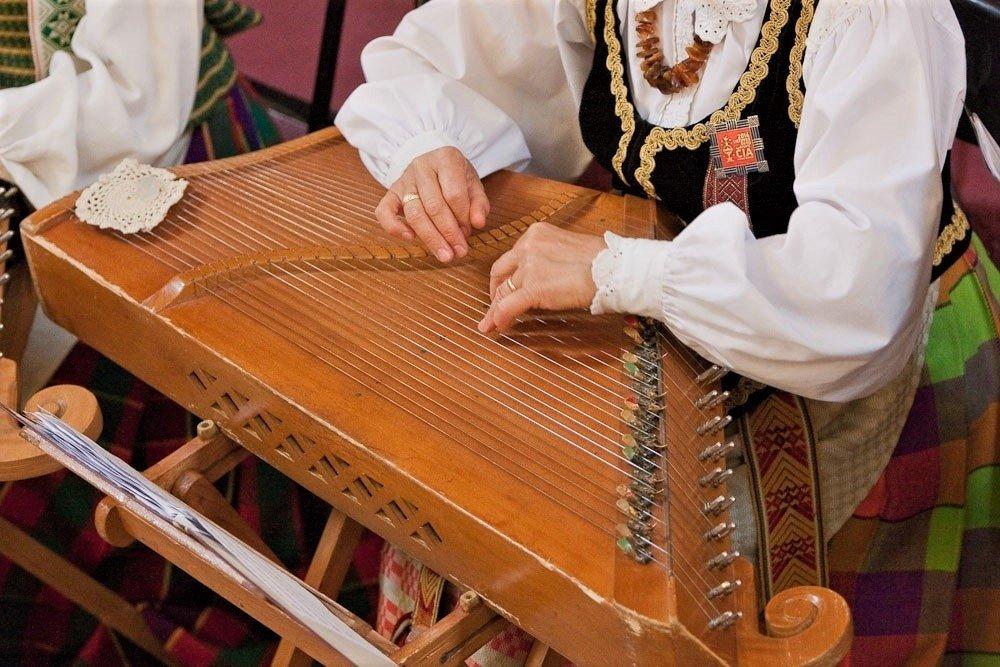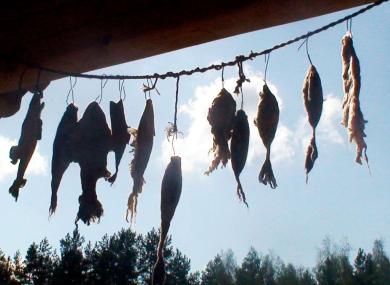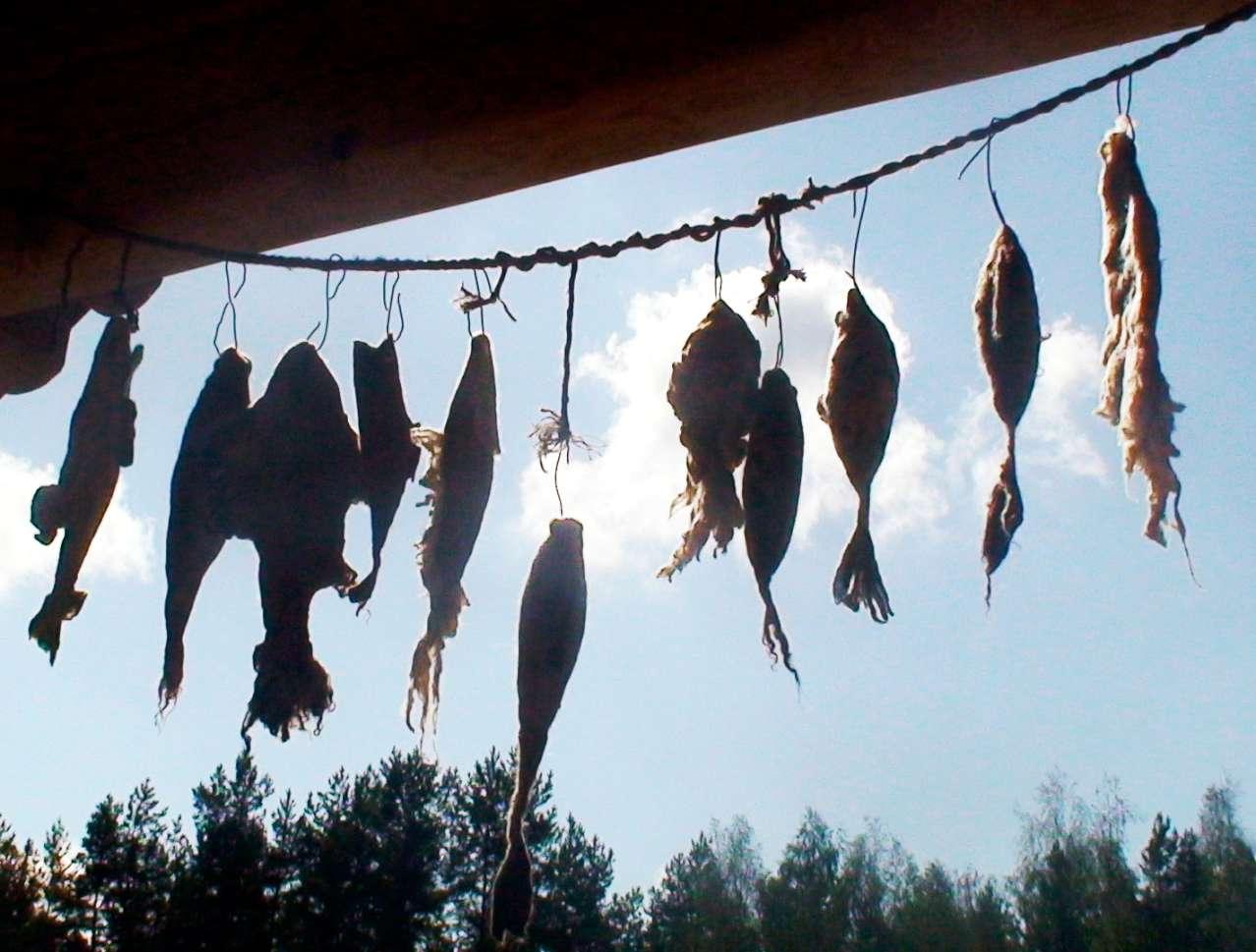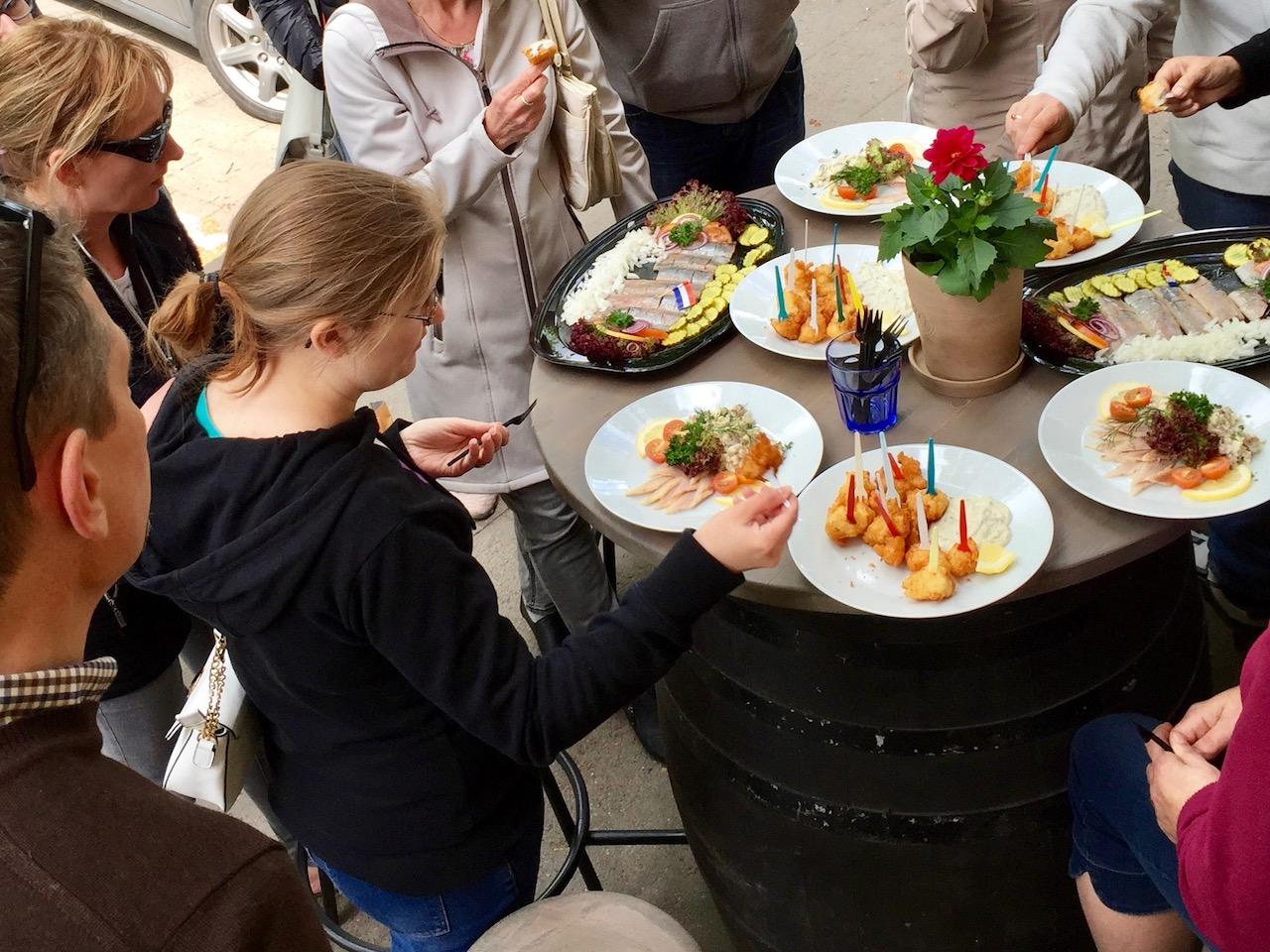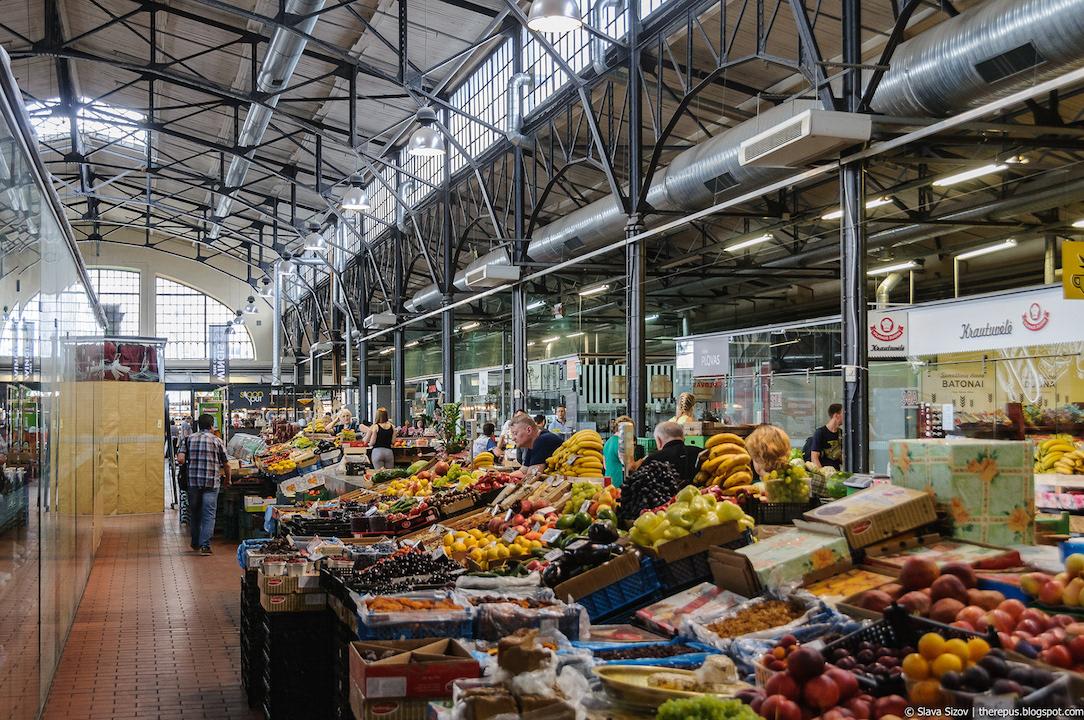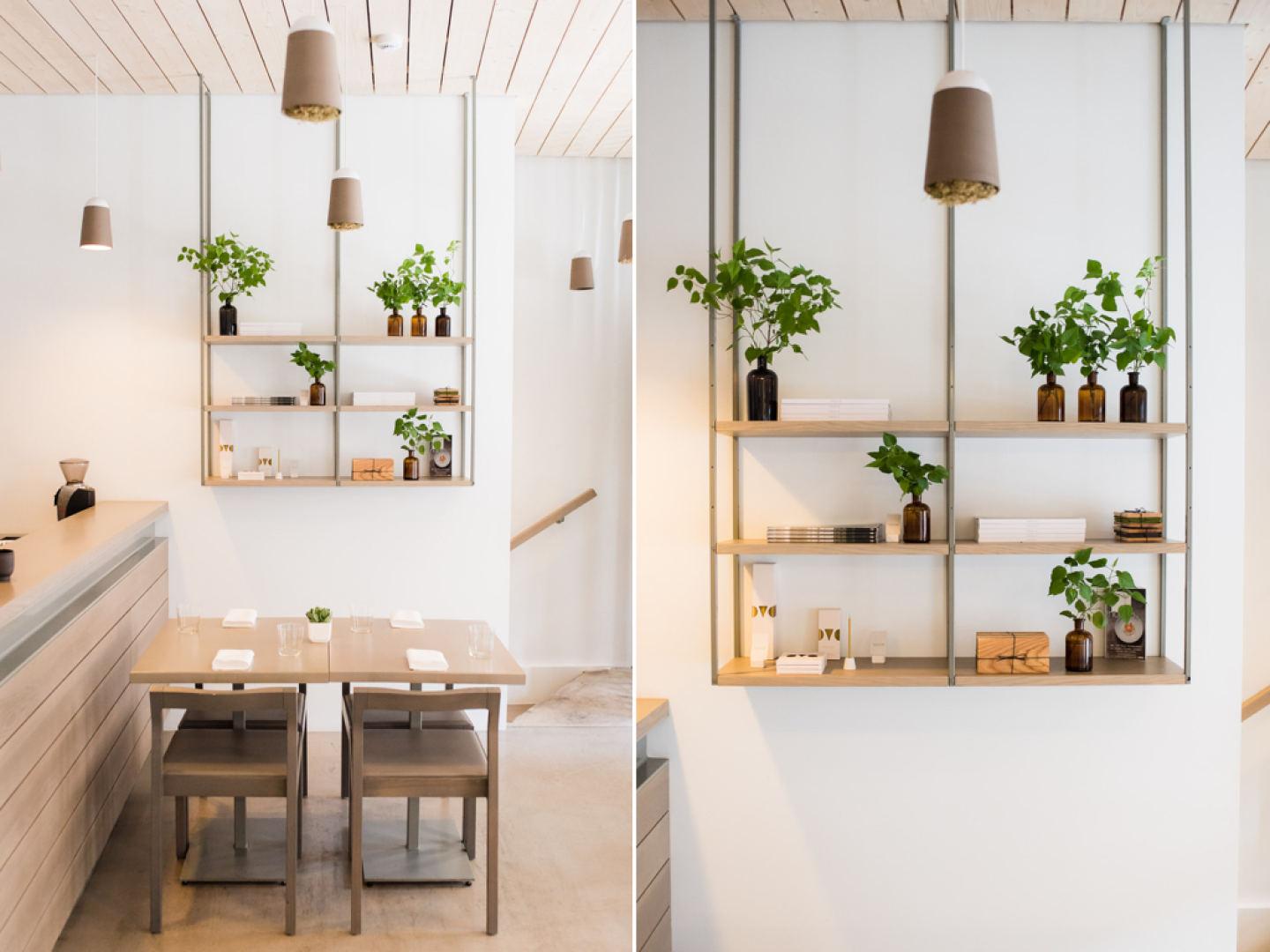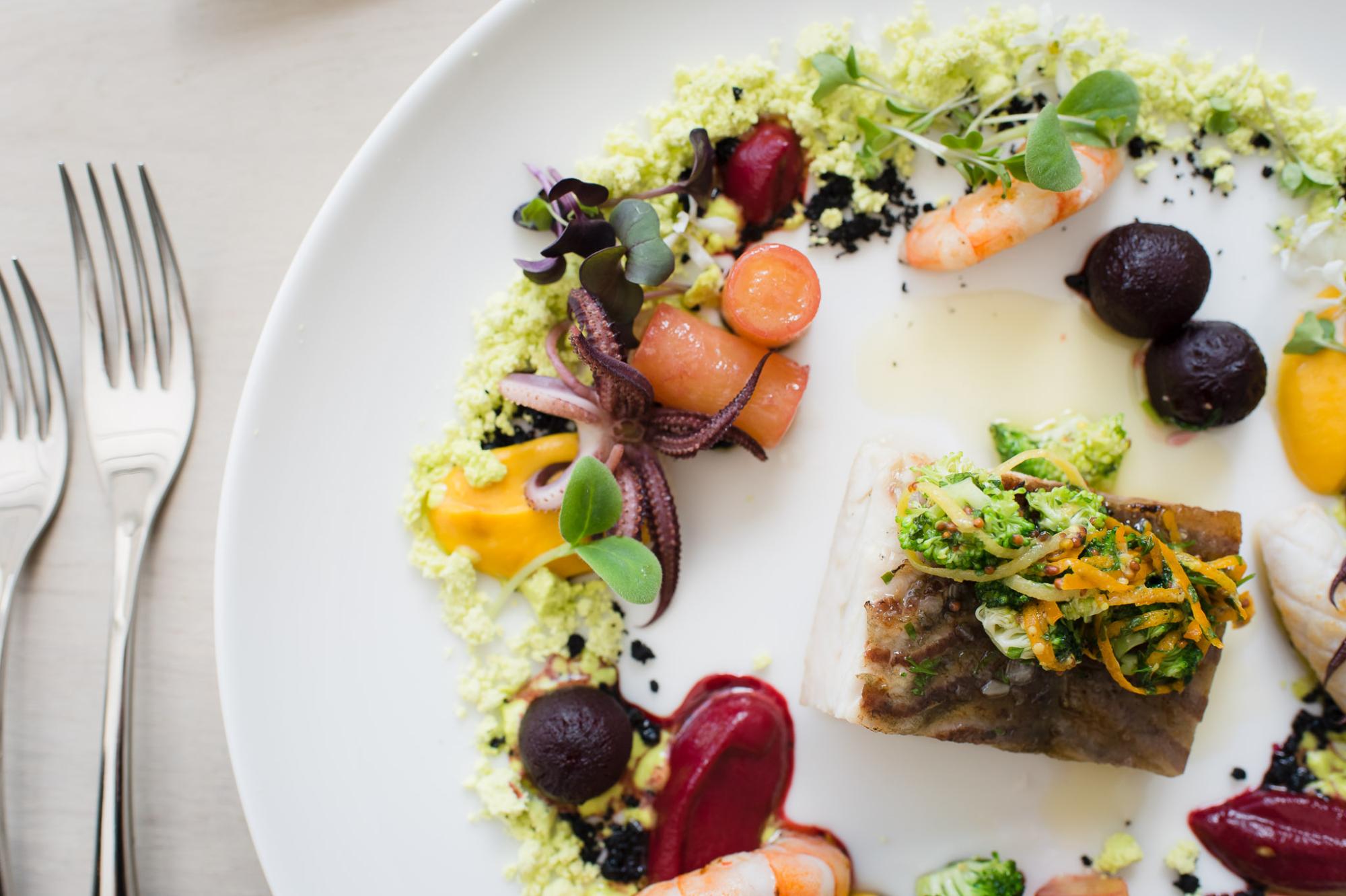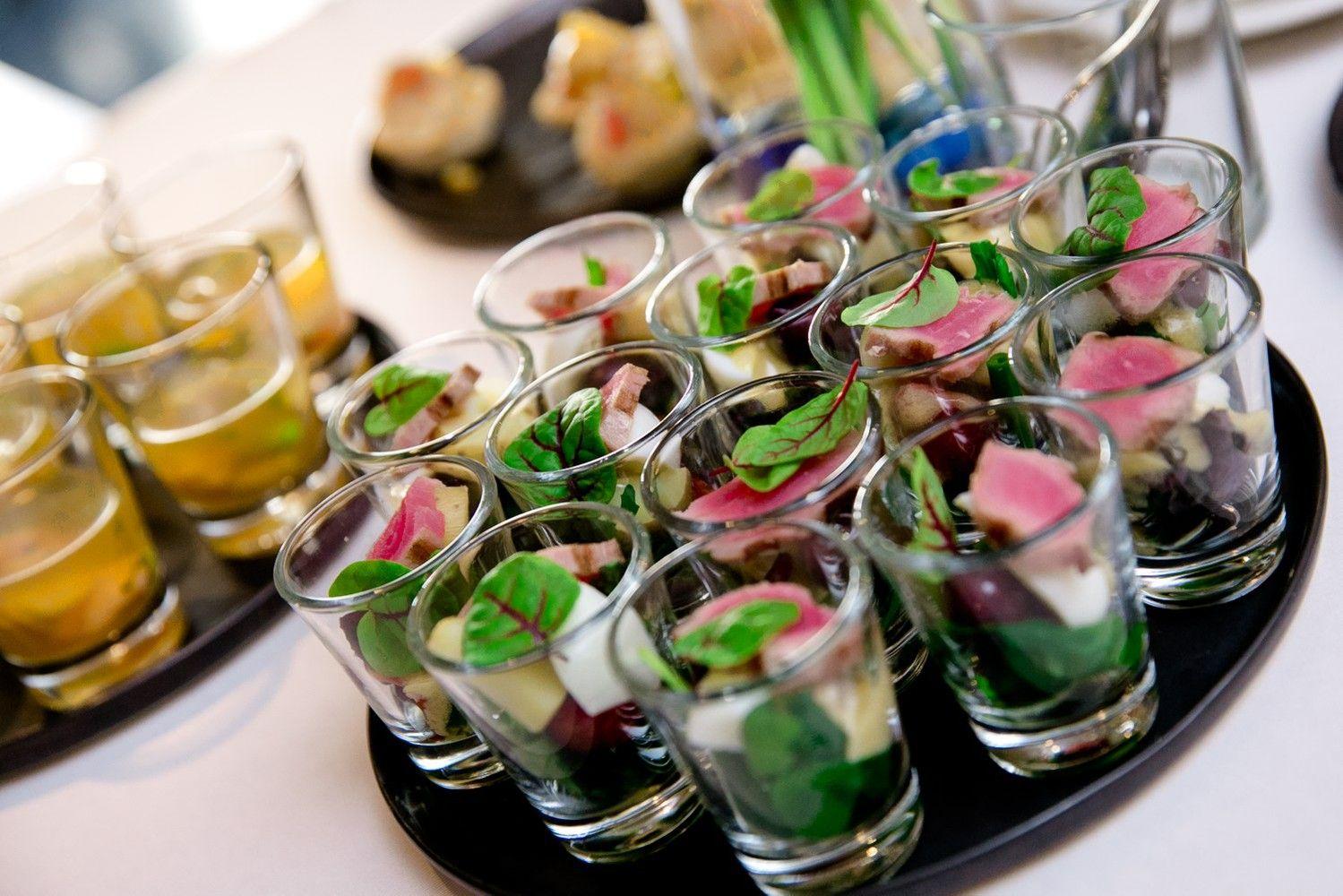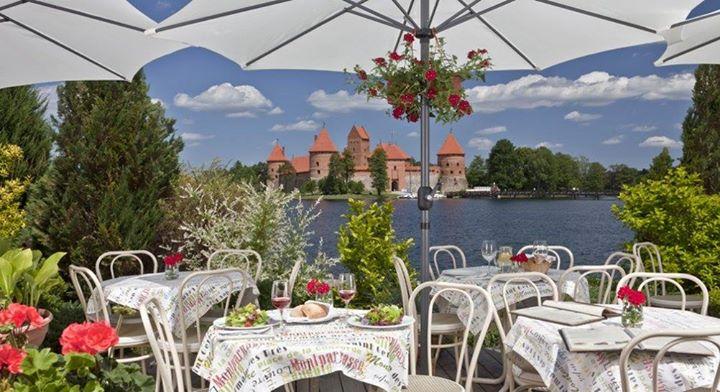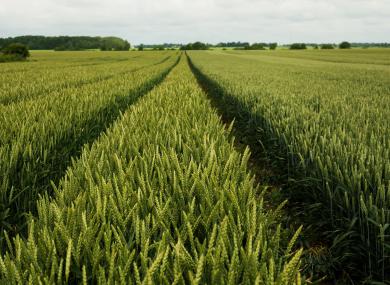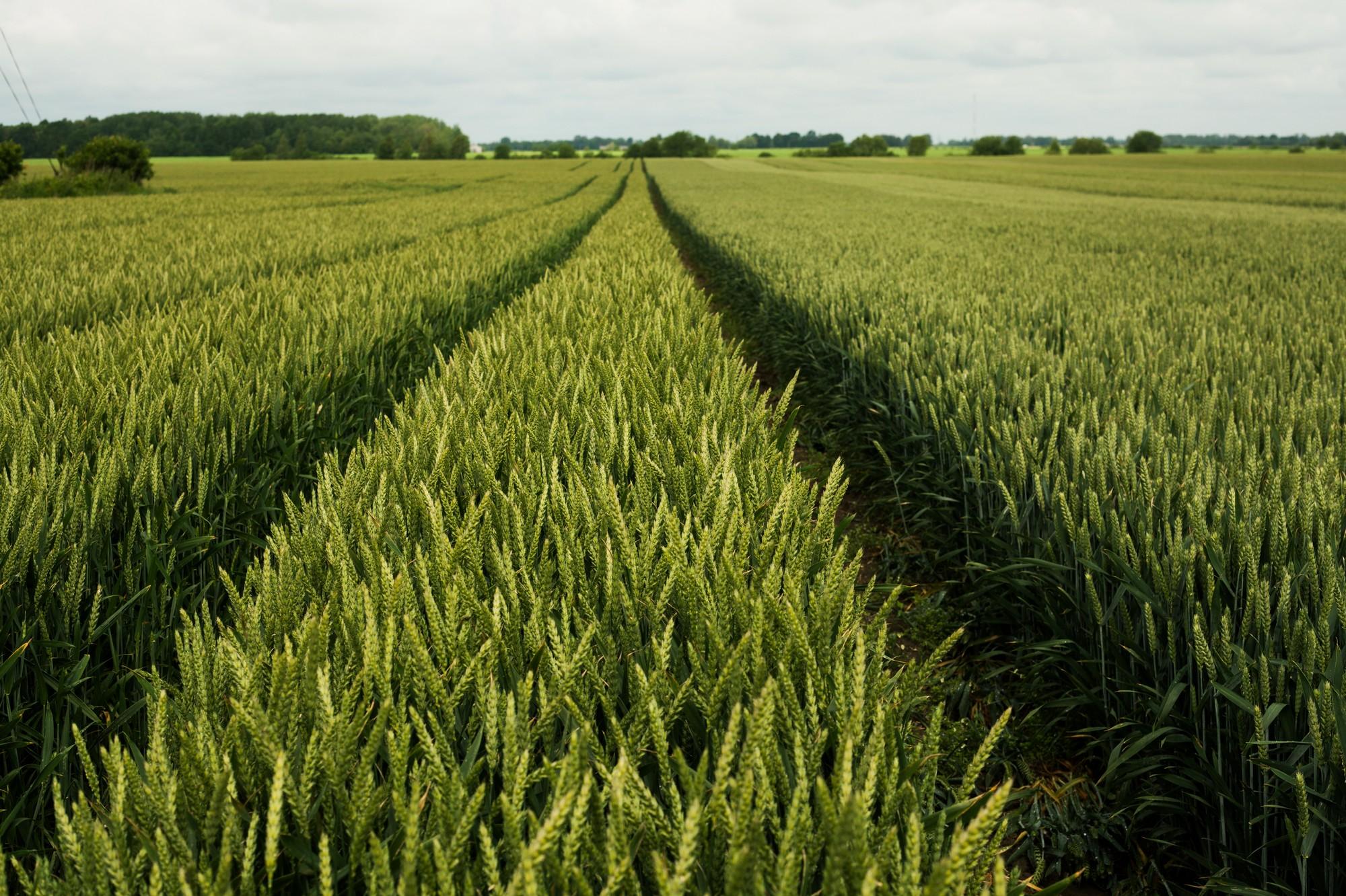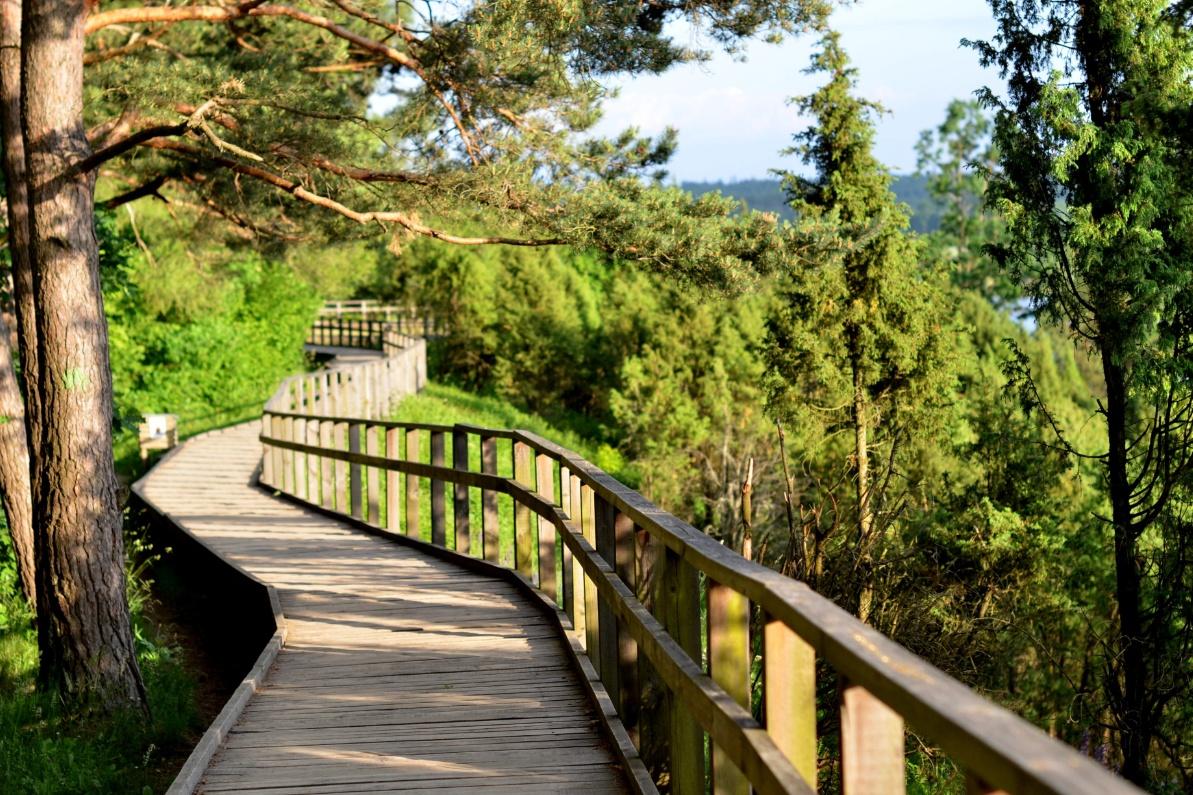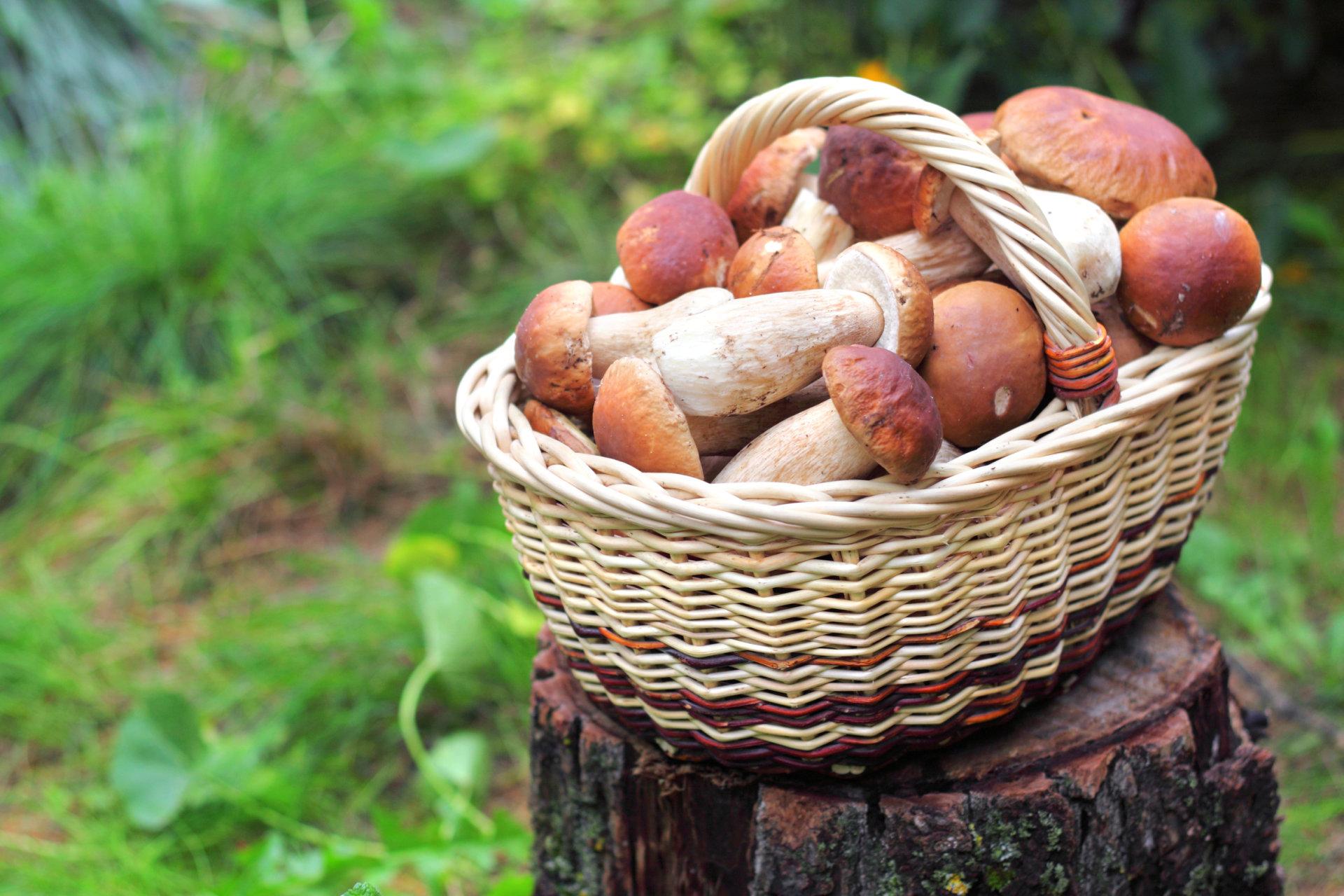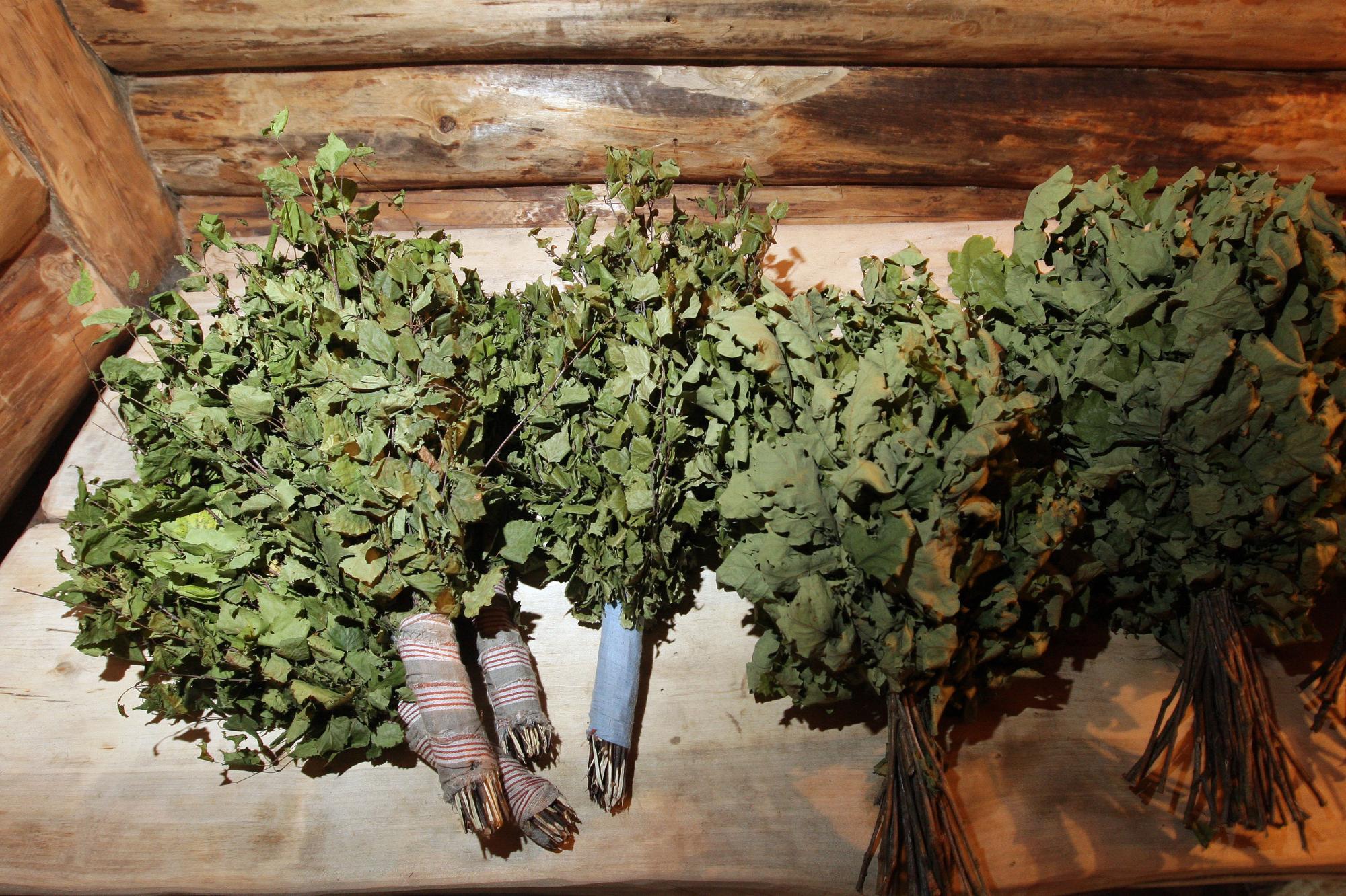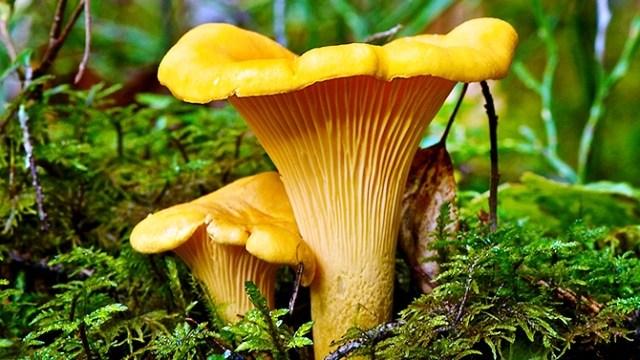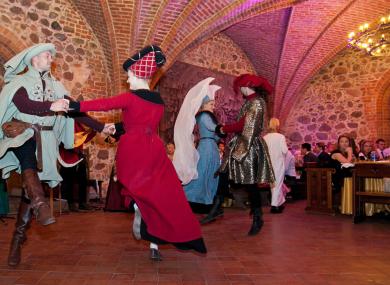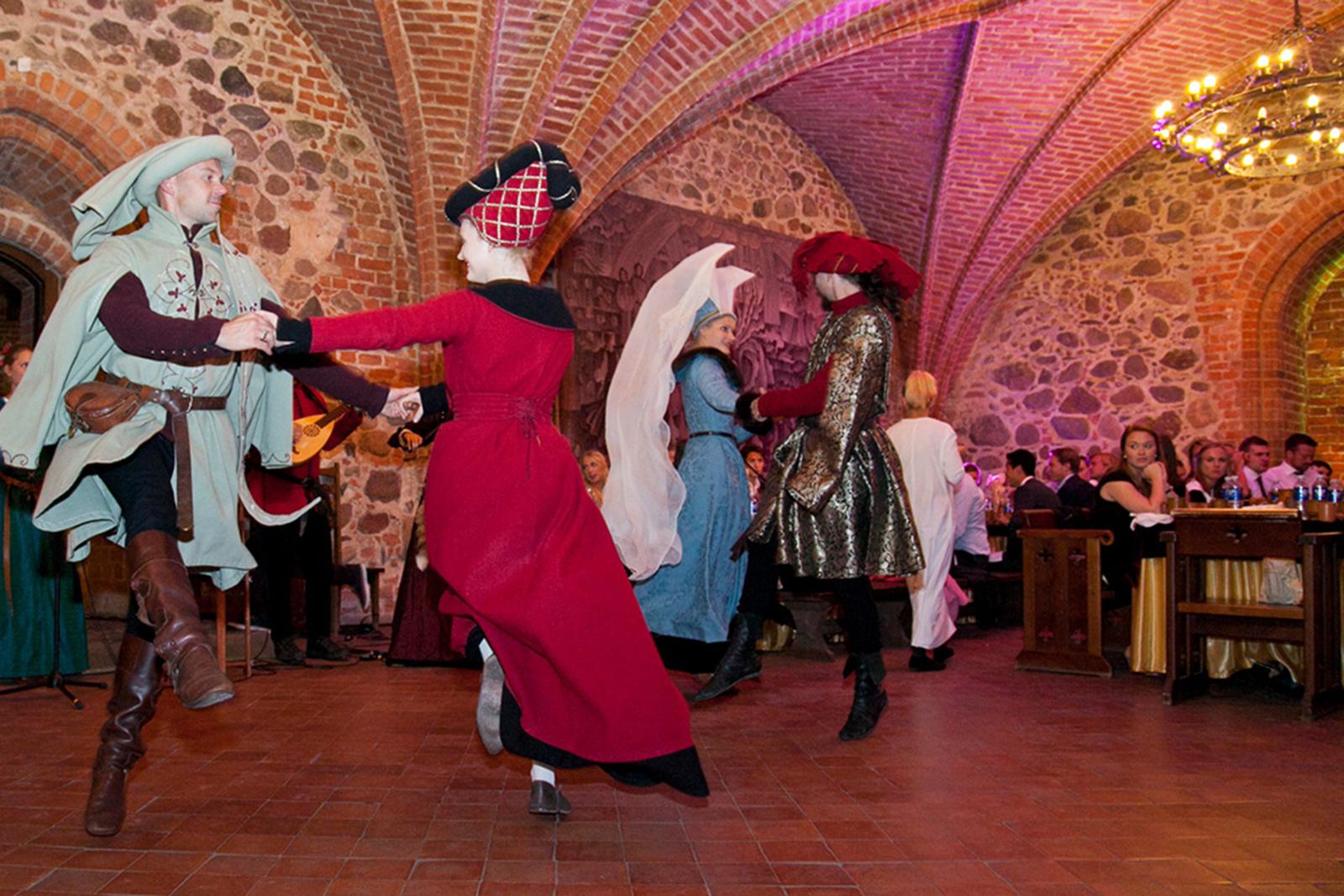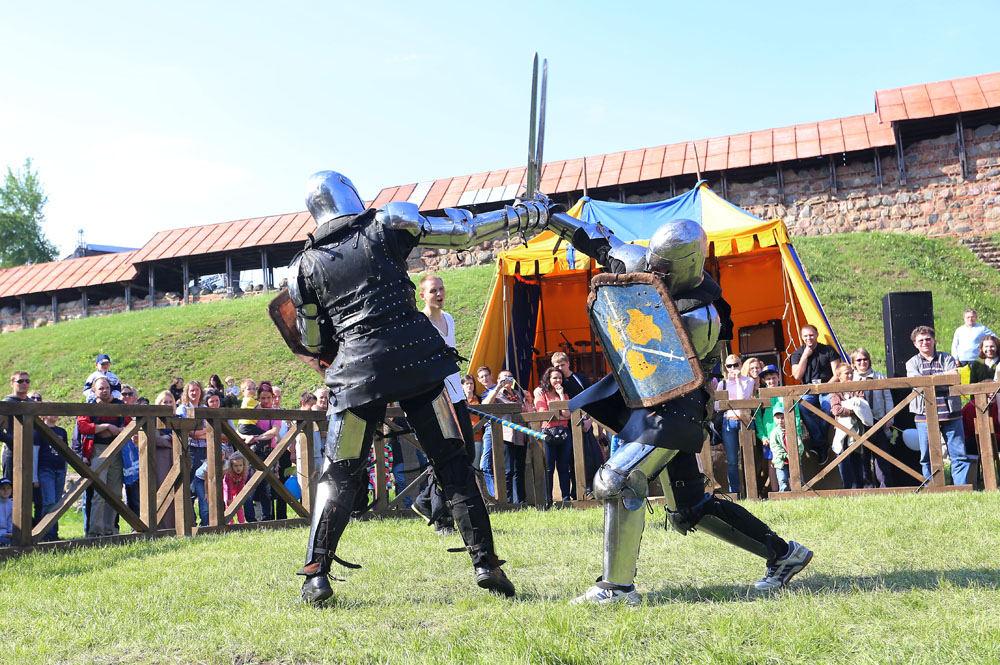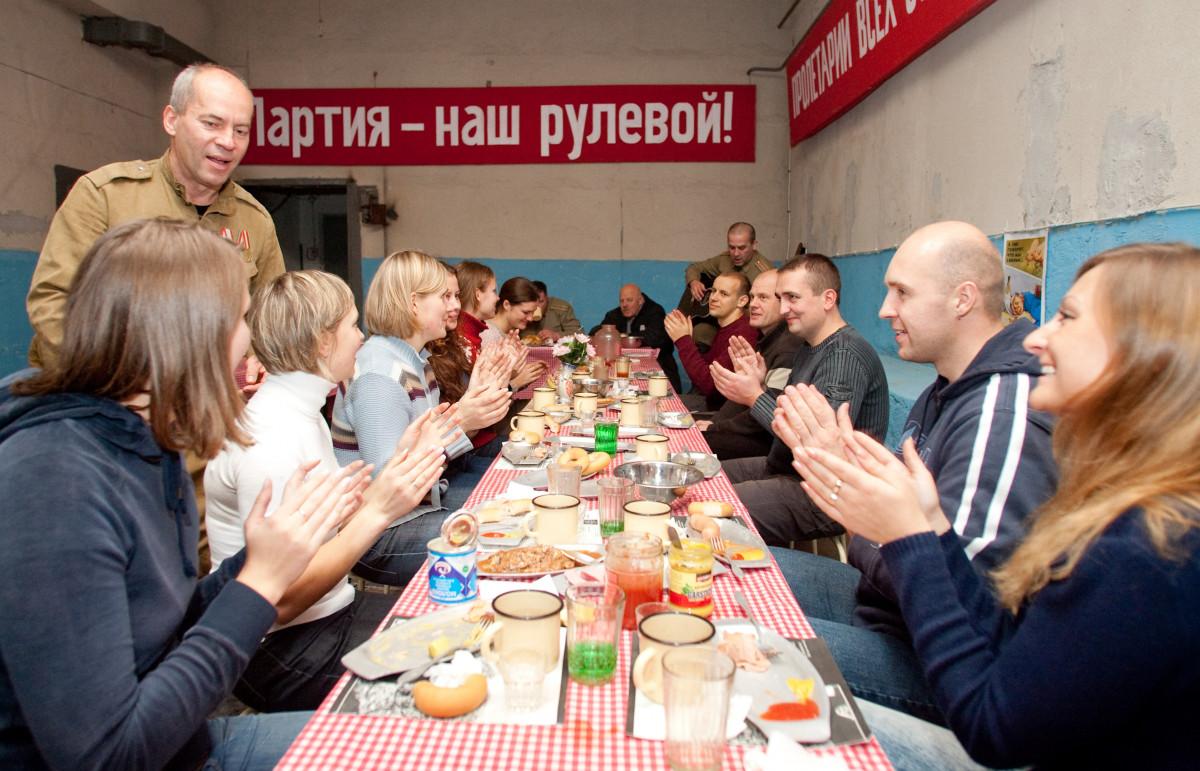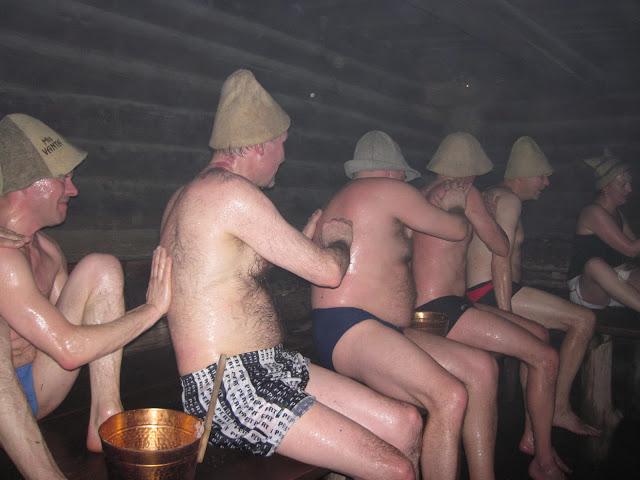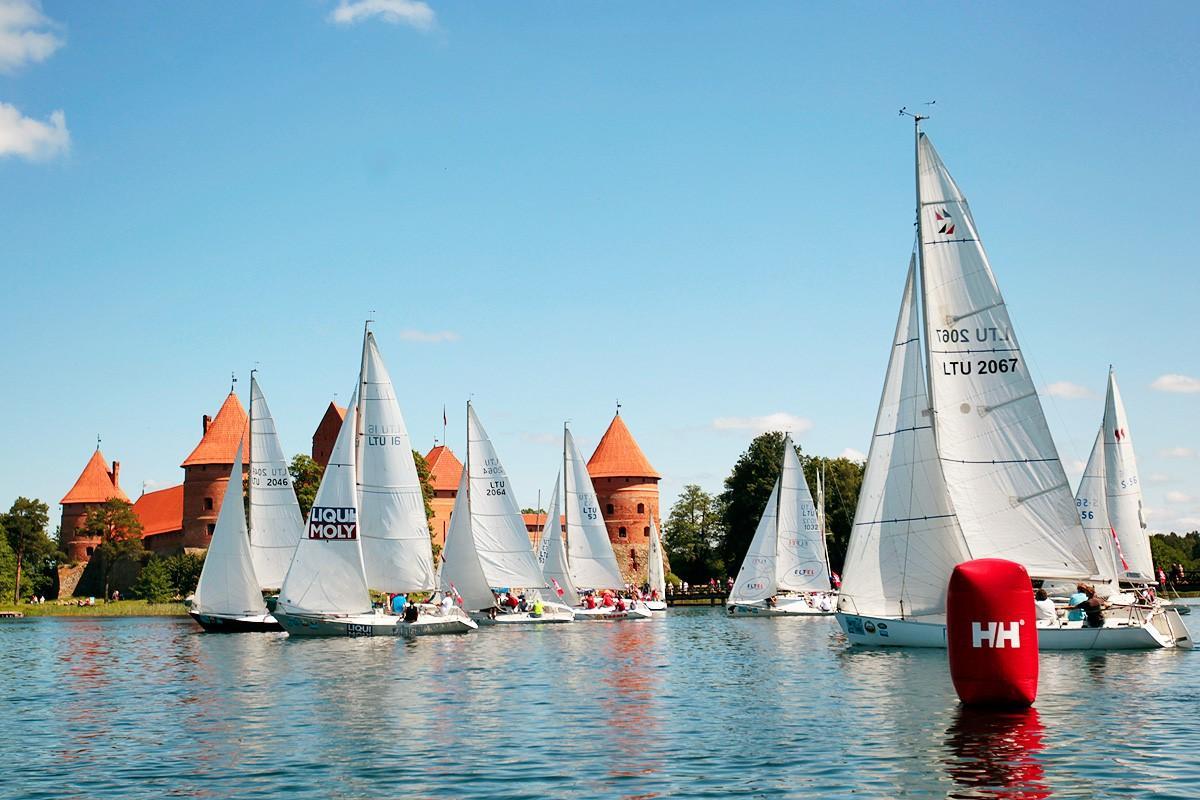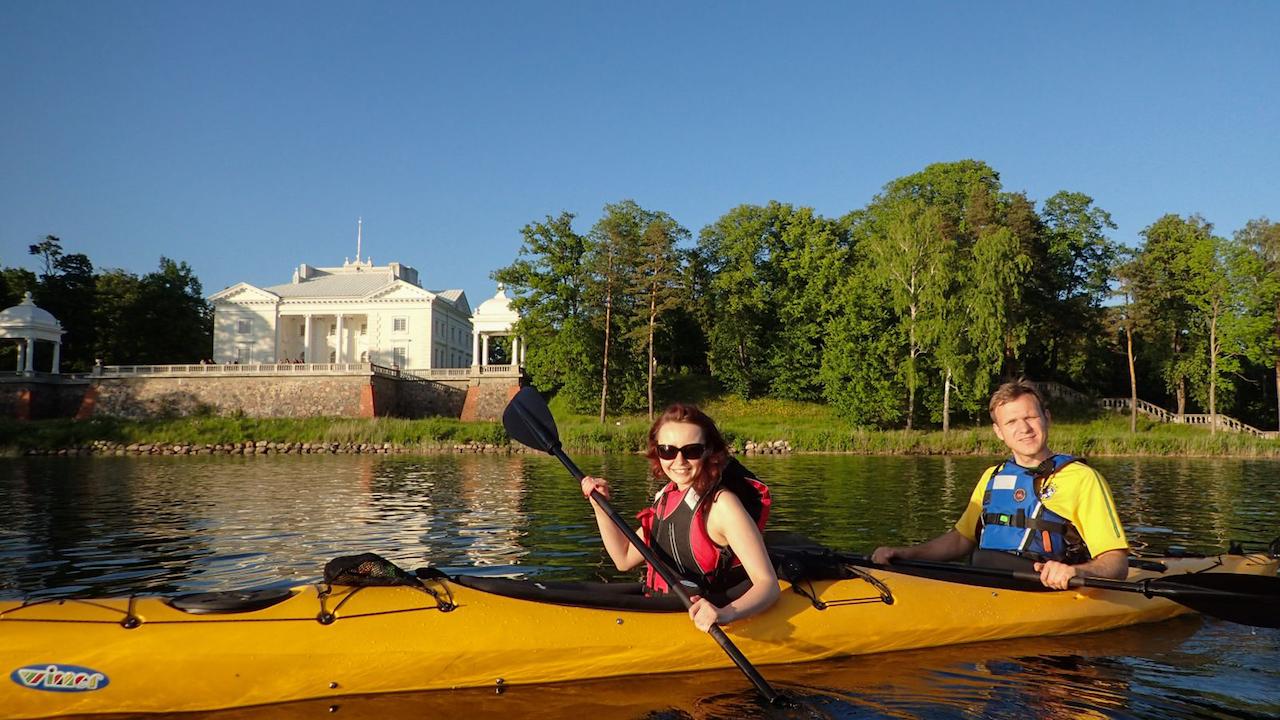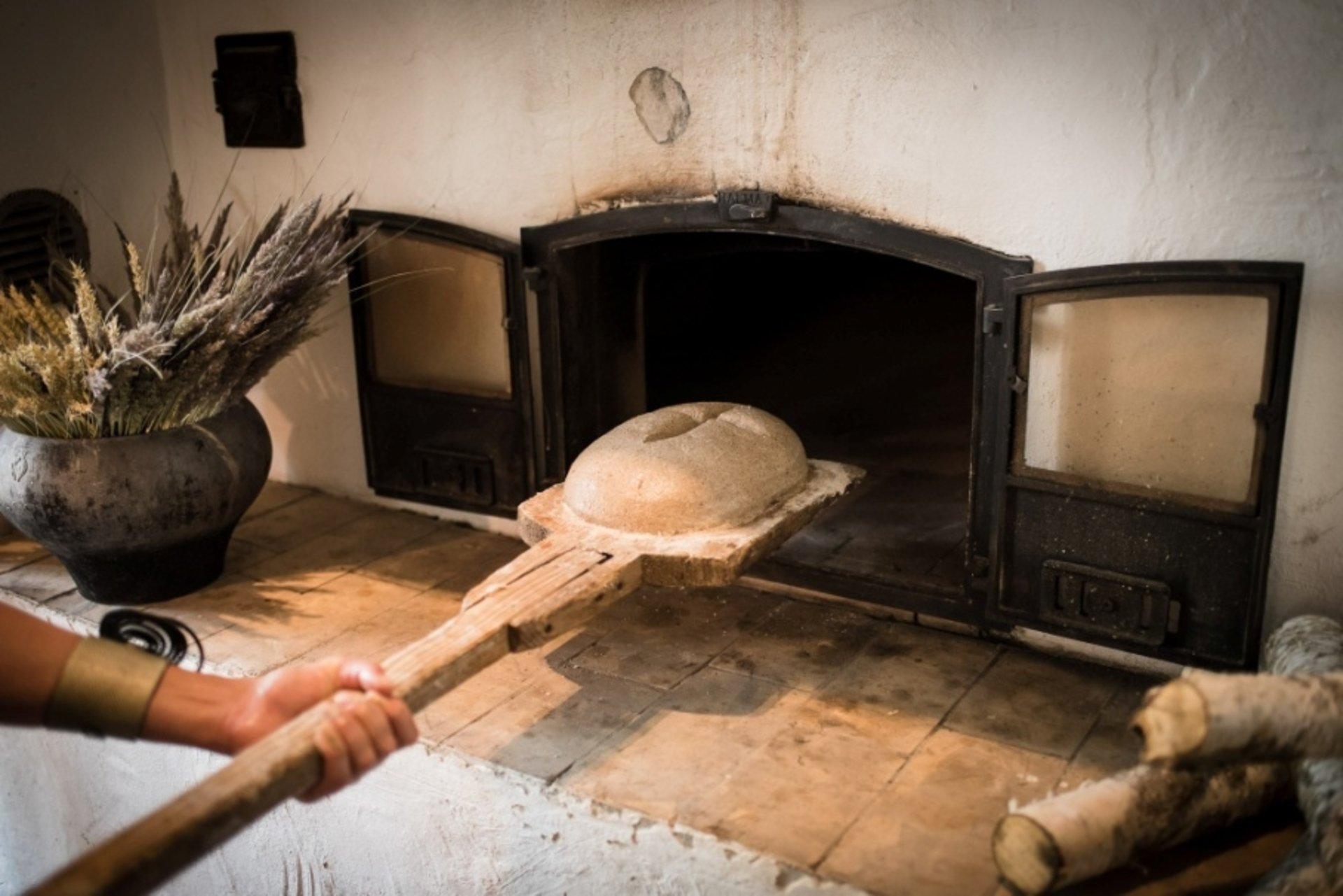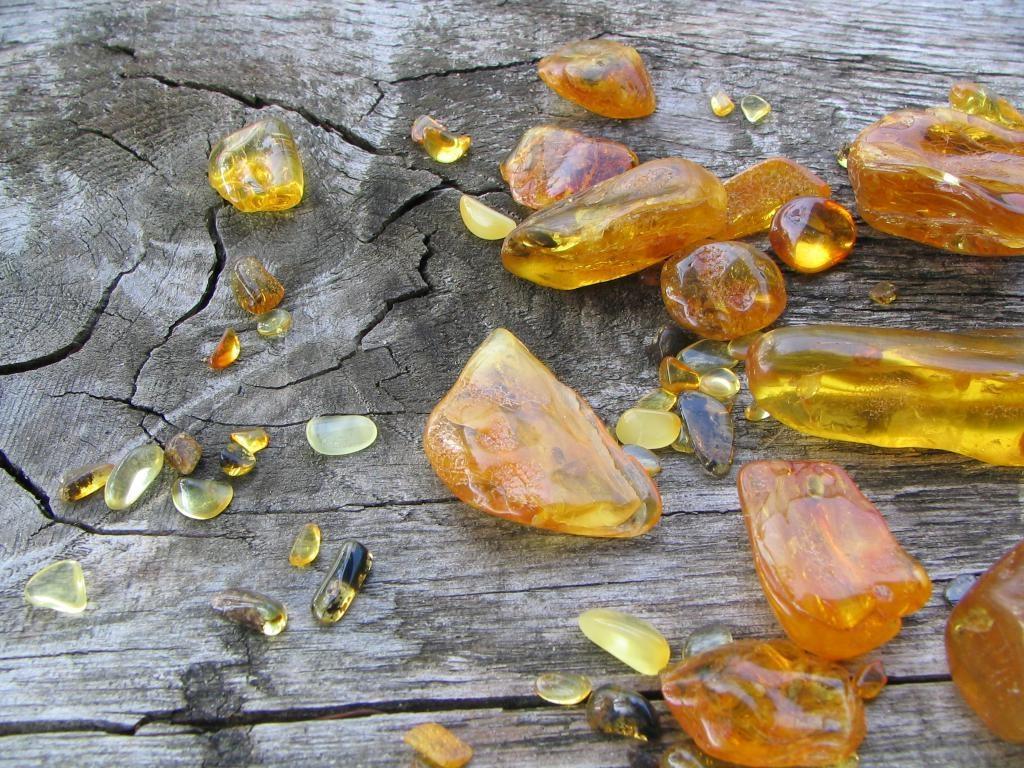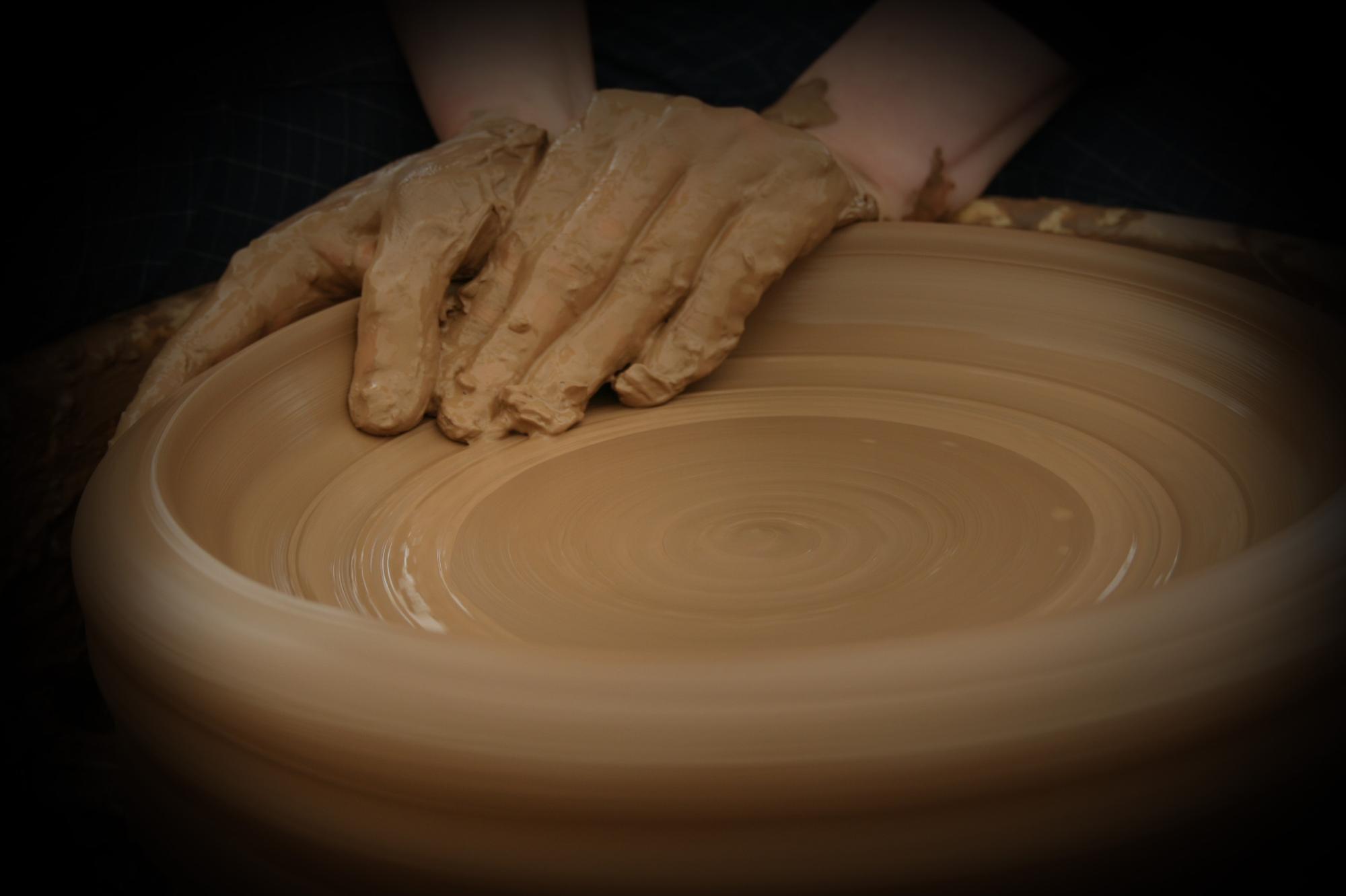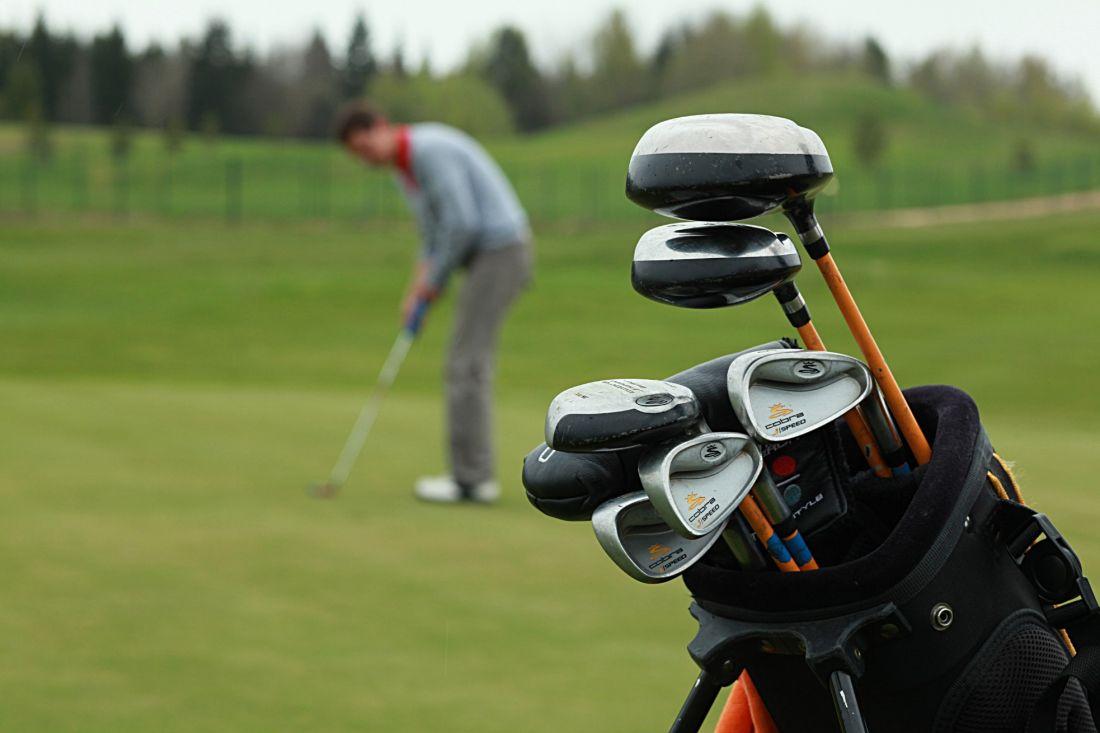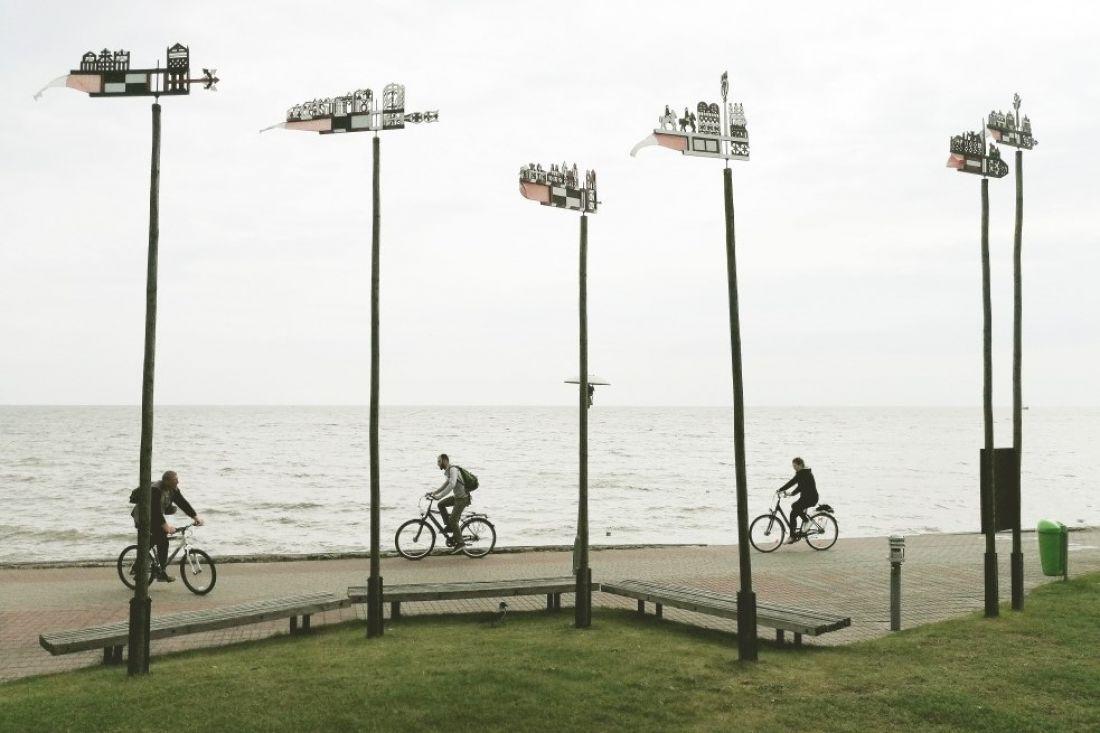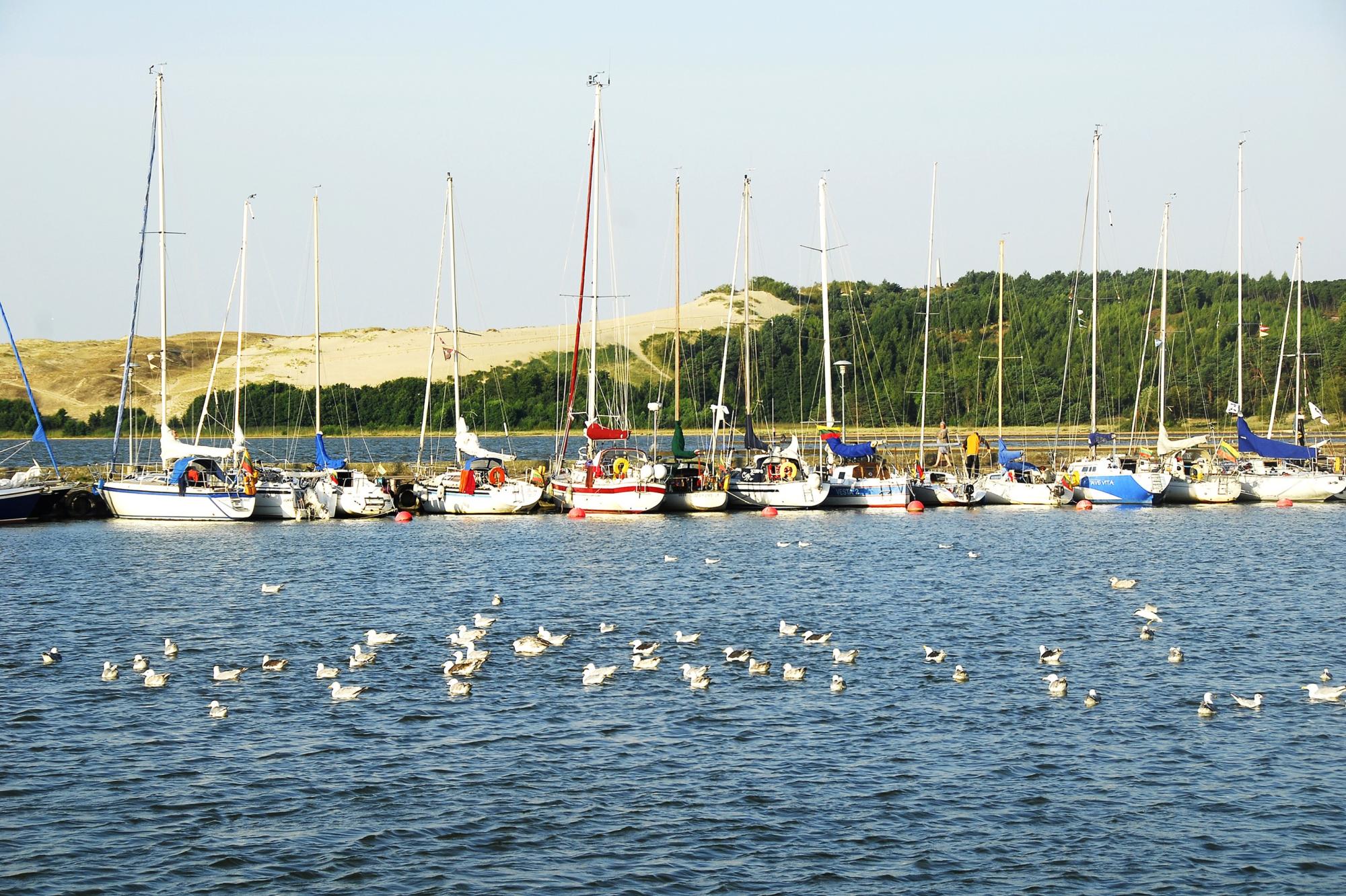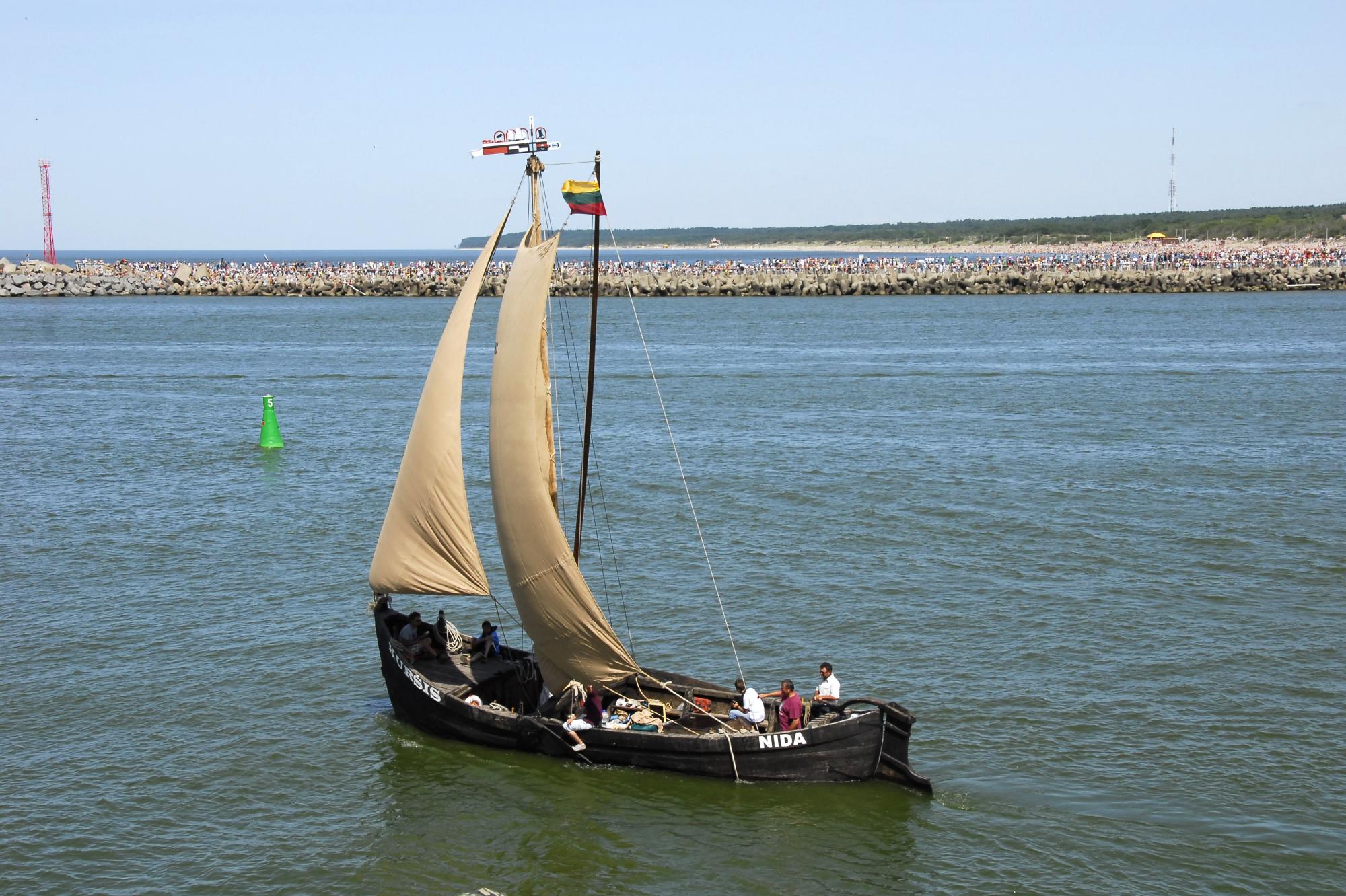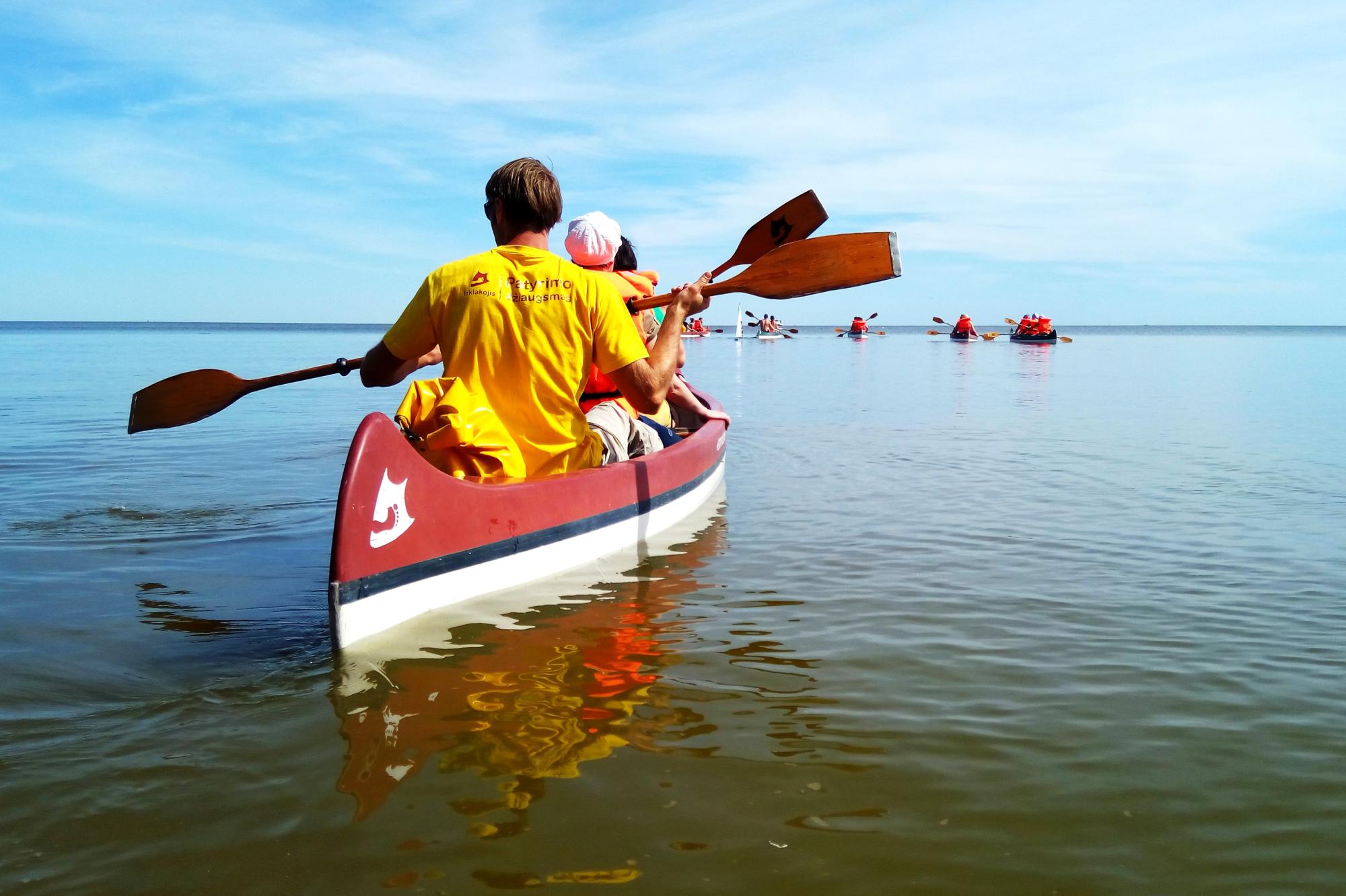Lithuania
the capital of Lithuania. Vilnius' Old Town is one of the largest, most exquisite of old towns in Central and Eastern Europe. It was built over several centuries, creating a blend of many different architectural styles, declared a UNESCO World Heritage Site.
the second largest Lithuania‘s city, located at the confluence of the two largest Lithuanian rivers, surrounded by the hills and situated at the crossroads of the most important roads in Lithuania. It is a home of a variety of festivals & events, from operettas to modern dance, from classical music to Jazz.
Curonian Spit -is a 98 km long, thin, curved sand-dune spit, separating Curonian Lagoon from the Baltic Sea coast, a natural wonder with fishermen’s settlements, dunes, pristine sand beaches and ethnographic architecture monuments, UNESCO World Heritage Site and referred to as Lithuanian Sahara.
Klaipeda-third largest Lithuanian city located on the confluence of the Curonian Lagoon and the Baltic Sea, and a massive only ice-free seaport on the eastern shore of the Baltic Sea.
Palanga -summer capital of Lithuania. Multitude of tourists descend on Palanga for its idyllic 10km sandy beach...
Lithuania is Northeastern European country and the southernmost and largest of the Baltic States. According National Geographic Institute of France Lithuania is geographical centre of Europe. It is a unique country combining Scandinavian character (clean, natural, stable) with Eastern European mentality (live, vibrant and growing). Lithuanians are regarded as more emotional, expressive and temperamental than their Northern neighbours. Lithuanian language is the most archaic living Indo-European language, which is closely related to Sanskrit.
Total area: 65,300 sq.km, forests covers 30 % of the land area
Coastline: 90, 66 km of the Baltic Sea coast with 4 Blue flag beaches in Palanga, Nida, Juodkrantė and Smiltynė.
Average temperature: July is +17°C, in January – -4.9°C
International relations: member of NATO, EU and Schengen area
Population: 2 821 674
Ethnic groups: 86,9 % Lithuanian, 5,6 % Polish, 4,6 % Russian, 2,9 % others (Ukranian, Belorussian etc.)
Religion: predominantly Roman Catholic, other confessions include Russian Orthodox, Protestant, Muslim, etc.
Currency: Euro (EUR) , Time zone: EET (UTC+2)

Innovation

Culture & Objectives

to Each Client

& Attention To Detail

& Experience
